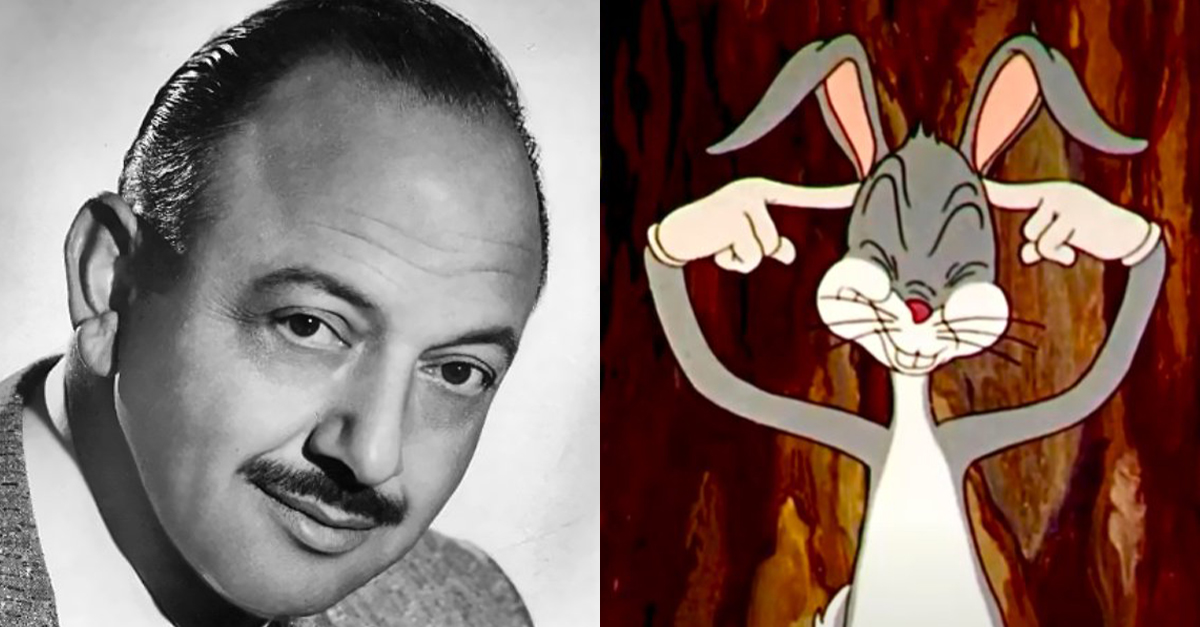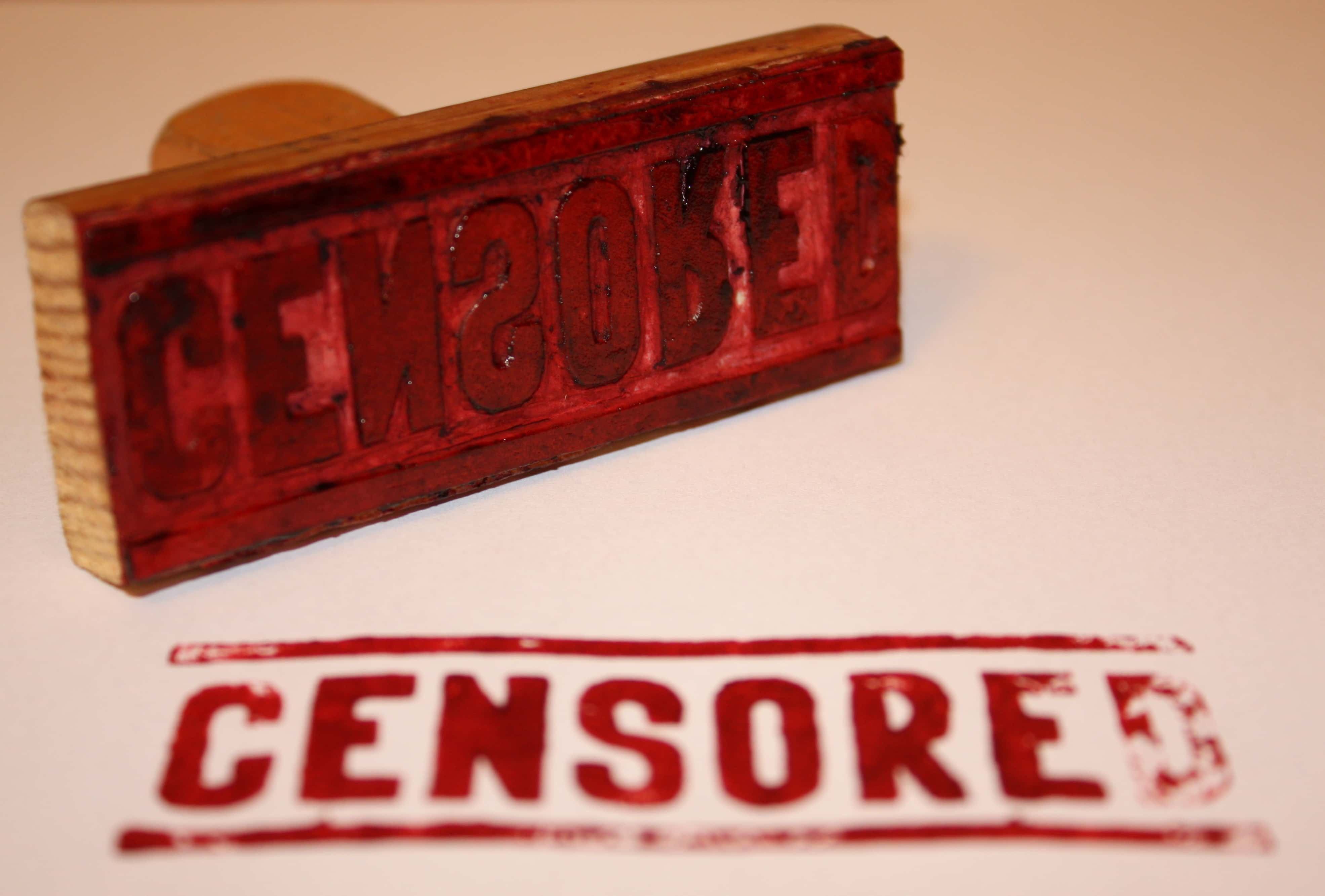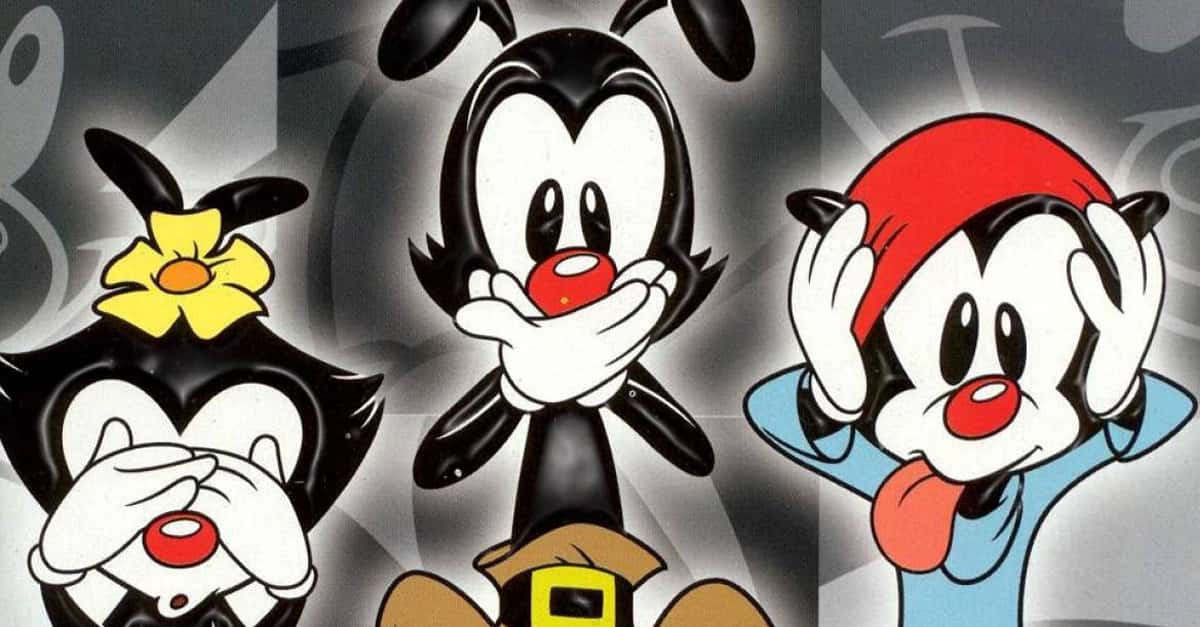For more than four generations now, we’ve all grown up with the unhinged antics of Looney Tunes characters—and we’ve loved every minute of it! However, a deep dive into the franchise's past reveals bitter feuds, shocking scandals, and painful failures along the way.
Here is the little-known backstory of how the Warner Brothers’ Looney Tunes and Merrie Melodies cartoon empire came to be.
1. They Worked For Disney
When animation was still in its infancy, Hugh Harman and Rudolf Ising worked for the now-famous Walt Disney—but not for long. You see, once the producer Howard Mintz broke ties with Disney, a large portion of Disney's animators followed Mintz to his next venture—Oswald cartoons. Harman and Ising were among them. But it was a doomed decision.
At the mercy of powerful studio heads, the two animators lost their jobs after Universal Pictures replaced Mintz in 1929. Of course, this was a blessing in disguise. Now, they could create their own studio and call all the shots. Unfortunately, one of their first creative decisions was highly offensive.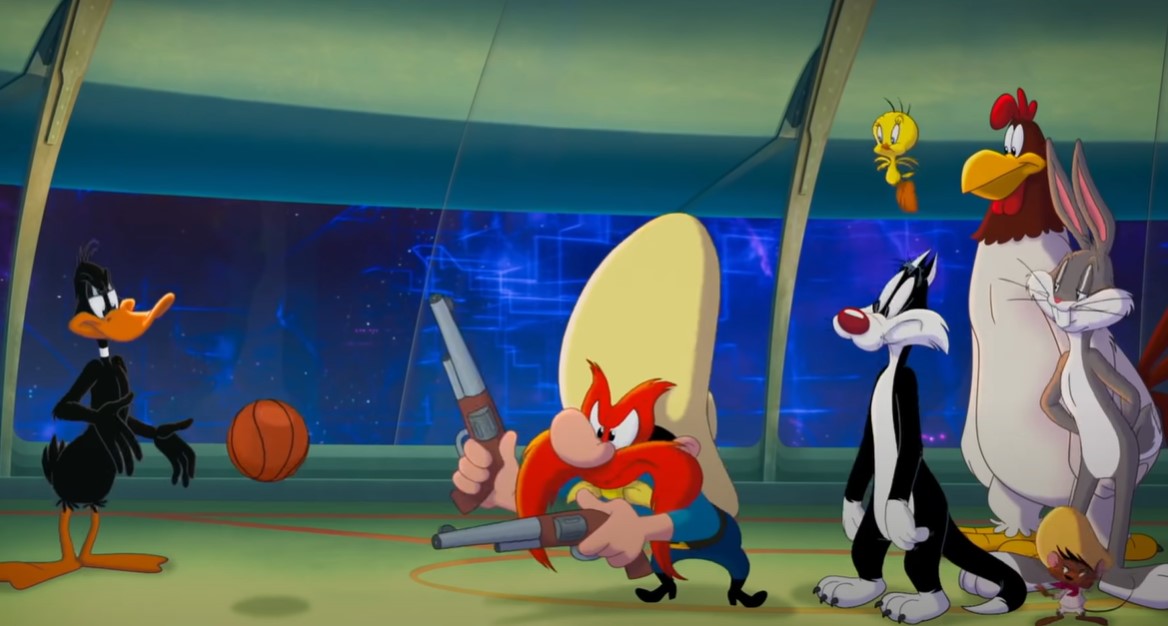 Warner Bros., Space Jam: A New Legacy (2021)
Warner Bros., Space Jam: A New Legacy (2021)
2. Their First Decision Was A Bad One
A year before losing their jobs, Harman and Ising created the character of “Bosko”, a black and white figure with a cute little hat. But this character had a dark side.
In the initial pilot, they made Bosko’s voice a racially insensitive caricature, intending him to be a stereotypical Black child. Despite how prejudiced this cartoon was, Bosko would become the first star of Harman-Ising Productions. But this was only the beginning.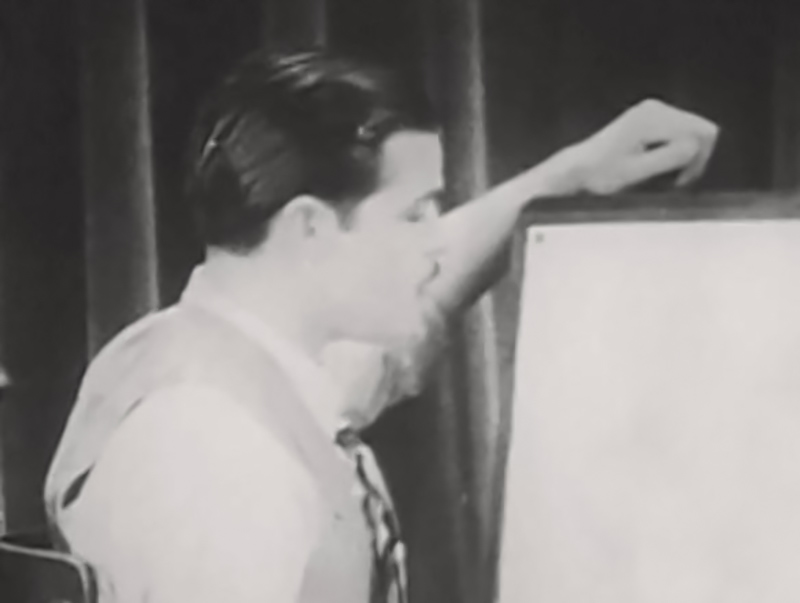 Hugh Harman and Rudolf Ising, Wikimedia Commons
Hugh Harman and Rudolf Ising, Wikimedia Commons
3. They Got Some Attention
Despite this rocky start, aspiring Hollywood bigshot Leon Schlesinger saw the Bosko pilot and liked it. Viewing this as his opportunity to become a successful producer, he immediately hired Harman and Ising to create an ongoing series of cartoon shorts for Warner Brothers to play in theaters before their feature films.
And just like that, the official Looney Tunes and Merrie Melodies series began. But as brilliant a business decision as this proved to be, Schlesinger’s gamble would not be as fruitful as he thought it would be. Oswald LR, Large Norwegian encyclopedia
Oswald LR, Large Norwegian encyclopedia
4. It Almost Fell Apart
Just a few years into this new job, Harman and Ising had a major falling out with Warner Brothers over the budgets their cartoons were receiving—and the dispute did not end well. Angered, the two animators quit the studio and ended their affiliation with Looney Tunes completely.
Only one problem—they still fully owned the rights to Bosko, the only star character the series had thus far. This made it look like the little Looney Tunes experiment might be over just as soon as it started—but Schlesinger had other plans.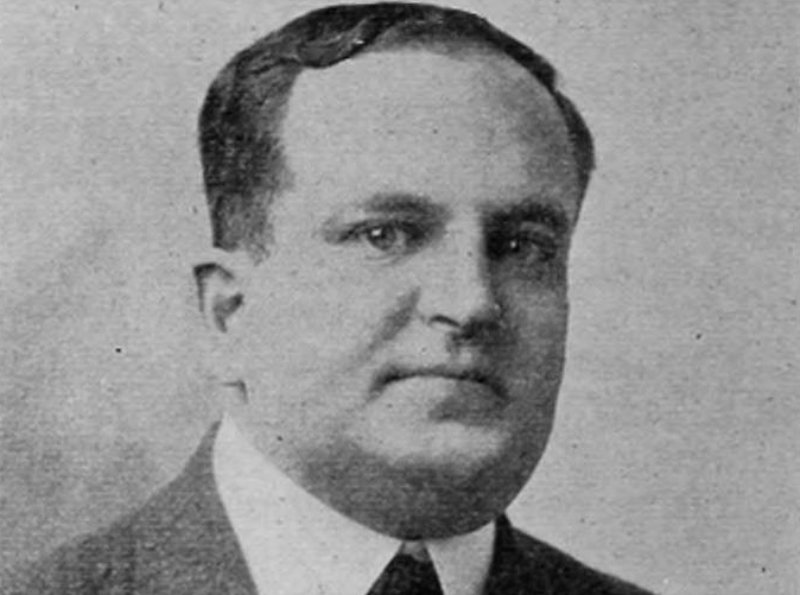 Unknown photographer, Wikimedia Commons
Unknown photographer, Wikimedia Commons
5. A Toxic Work Environment
Determined to save his new series, even without its star character, Schlesinger created his own production studio and hired a team of full-time staff to churn out new content on a constant basis. However, with profitability being his main concern, Schlesinger got the cheapest, most run-down, out-of-the-way shack he could find.
The employees went on to name it “Termite Terrace". And, yes, that does mean it was routinely infested with termites and other insects. While the artists weren’t thrilled to see their new workspace, the creative freedom it provided them would go on to change history.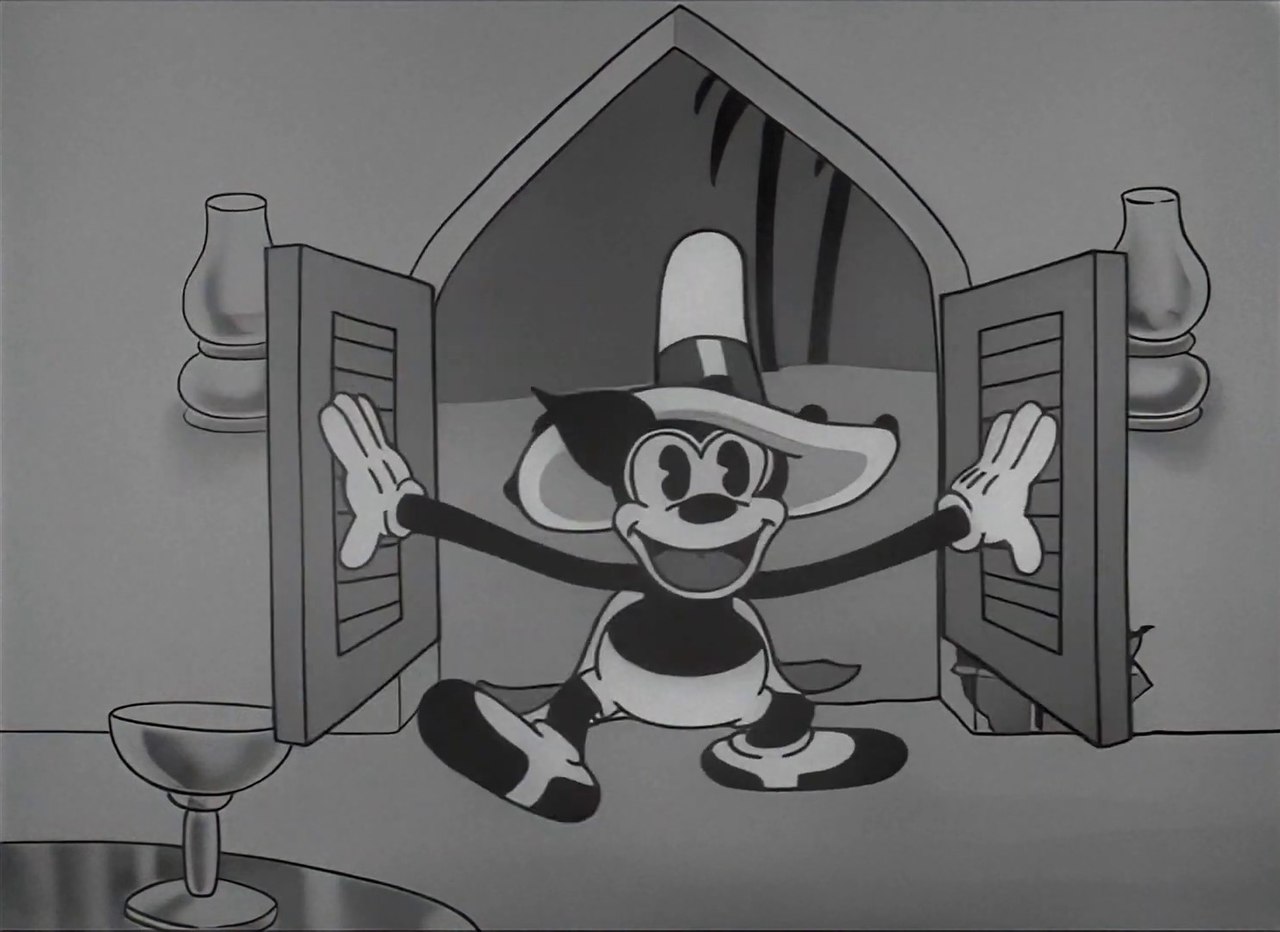 Leon Schlesinger Productions, Wikimedia Commons
Leon Schlesinger Productions, Wikimedia Commons
6. They Ripped Off An Iconic Character
With the opening of Termite Terrace and the hiring of young animators Friz Freleng, Chuck Jones, and Bob McKimson, the stage was set. But a long road still lay ahead, with no shortage of controversy.
Around this same time, the team—apparently desperate for new characters—created “Foxy,” a literal clone of Mickey Mouse, but with the mouse ears changed to slightly pointier ones. Plagiarizing other people’s work was definitely a low point, but an upswing was coming.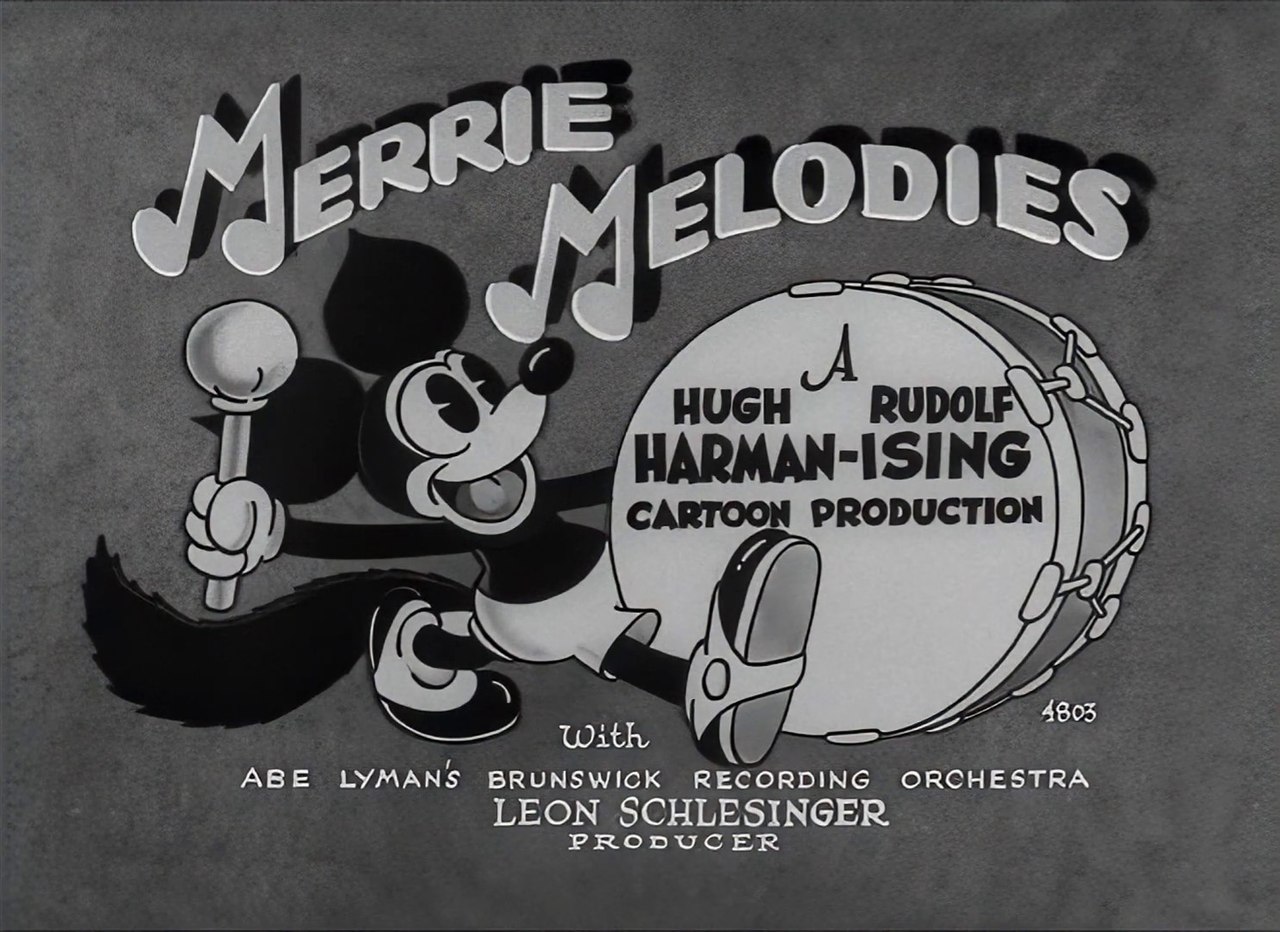 Leon Schlesinger Productions., Wikimedia Commons
Leon Schlesinger Productions., Wikimedia Commons
7. Overstepping Boundaries Paid Off
Around this same time, an aspiring young voice actor spent nearly two years obsessively harassing the studio’s hiring manager for a chance at an audition—despite being repeatedly told no. When that hiring manager unexpectedly passed, his replacement finally agreed to give the determined young fellow a shot.
That obsessive kid turned out to be none other than the legendary Mel Blanc, whom the world now knows as "The Man of a Thousand Voices". If not for an employee’s untimely tragedy, our childhoods would never have sounded the same.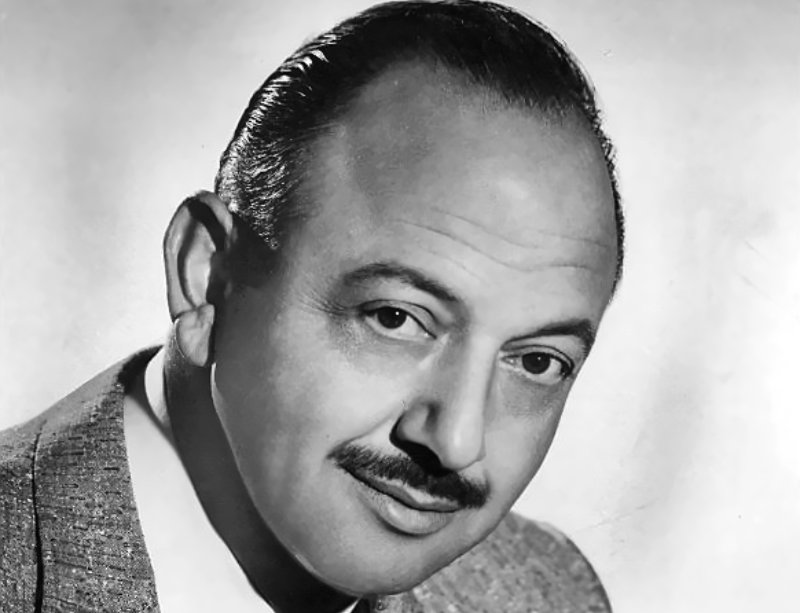 Gene Hester, Wikimedia Commons
Gene Hester, Wikimedia Commons
8. He Had Unprecedented Levels Of Talent
To an almost unparalleled extent, Mel Blanc went on to single-handedly give life to the most iconic characters of an entire era. In a career spanning 50 years, he voiced the vast majority of Looney Tunes stars—including Bugs Bunny, Daffy Duck, and Porky Pig, to name just a very few.
He also went on to an illustrious career outside the franchise, voicing multiple iconic roles on shows, such as The Flintstones, The Pink Panther, and so much more.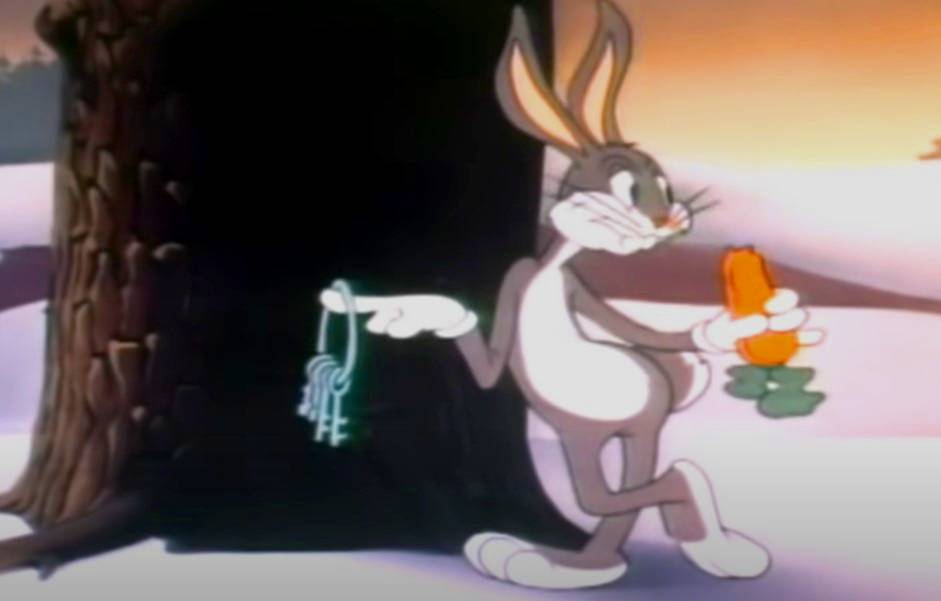 Warner Bros., Fresh Hare (1942)
Warner Bros., Fresh Hare (1942)
9. Someone Studied His Throat
If you’ve ever wondered how it’s possible for one man to be able to produce so many different voices from the same throat, you’re not alone. A doctor once decided to investigate the matter scientifically, by thoroughly examining Blanc’s vocal cords.
He discovered that Blanc’s talents were no fluke, and actually had a medical explanation—his inner throat and vocal cords were significantly larger than the average person’s. But a medical anomaly wasn’t the only stroke of luck that helped make the cartoons possible.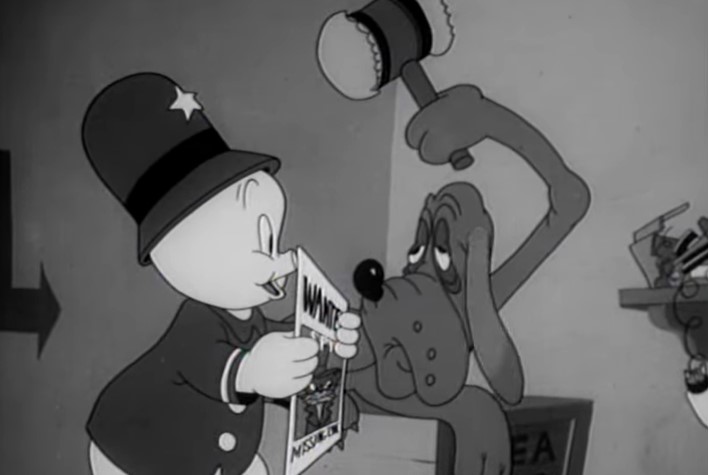 Warner Bros., Confusions of a Nutzy Spy (1943)
Warner Bros., Confusions of a Nutzy Spy (1943)

History's most fascinating stories and darkest secrets, delivered to your inbox daily.
10. A Celebrity Tried To Censor Them
No one thought much of it when the team released a string of celebrity parody shorts in the mid-1930s—but one person took notice. Legendary Hollywood crooner Bing Crosby took Warner Brothers to court, trying to have the cartoons removed from theaters due to the fact he didn’t like their impressions of his voice and appearance.
He lost the case, preventing what otherwise could have been a very challenging precedent for the future of satire. The Voice of Christmas was enemies with the Man of a Thousand Voices? Childhood innocence shattered!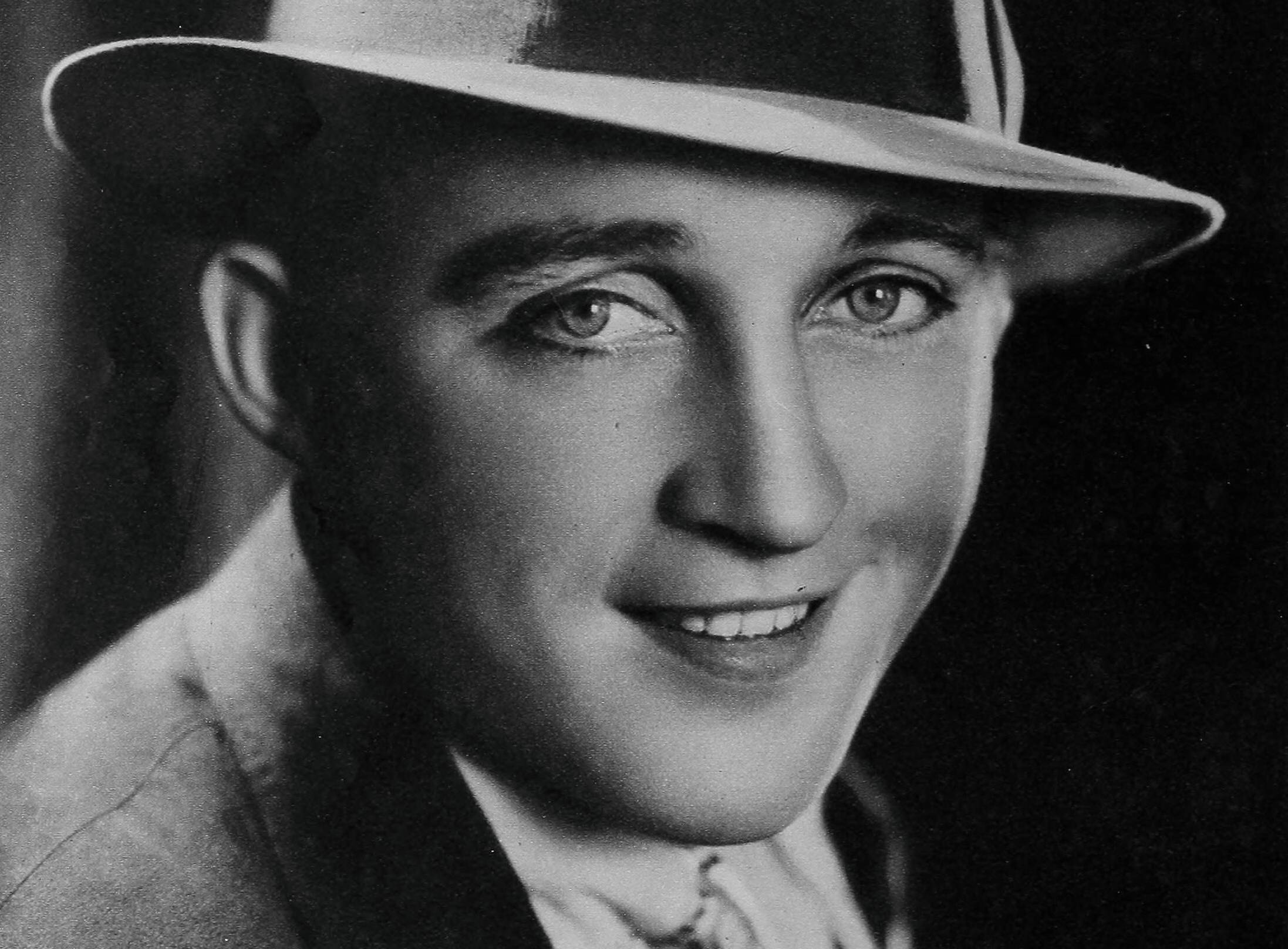 Uncredited, Wikimedia Commons
Uncredited, Wikimedia Commons
11. He Lied On His Resume
Most fans and historians credit Tex Avery for creating the zany, irreverent tone that sets Looney Tunes apart from most other animated series. Shockingly, this too only happened as the result of a fluke. When Avery first applied for the job, he falsely claimed to have had years of experience as a director. In reality, he had never directed a single cartoon in his life.
Evidently, someone failed to do their due diligence—and aren’t we glad! But Avery had a penchant for horseplay.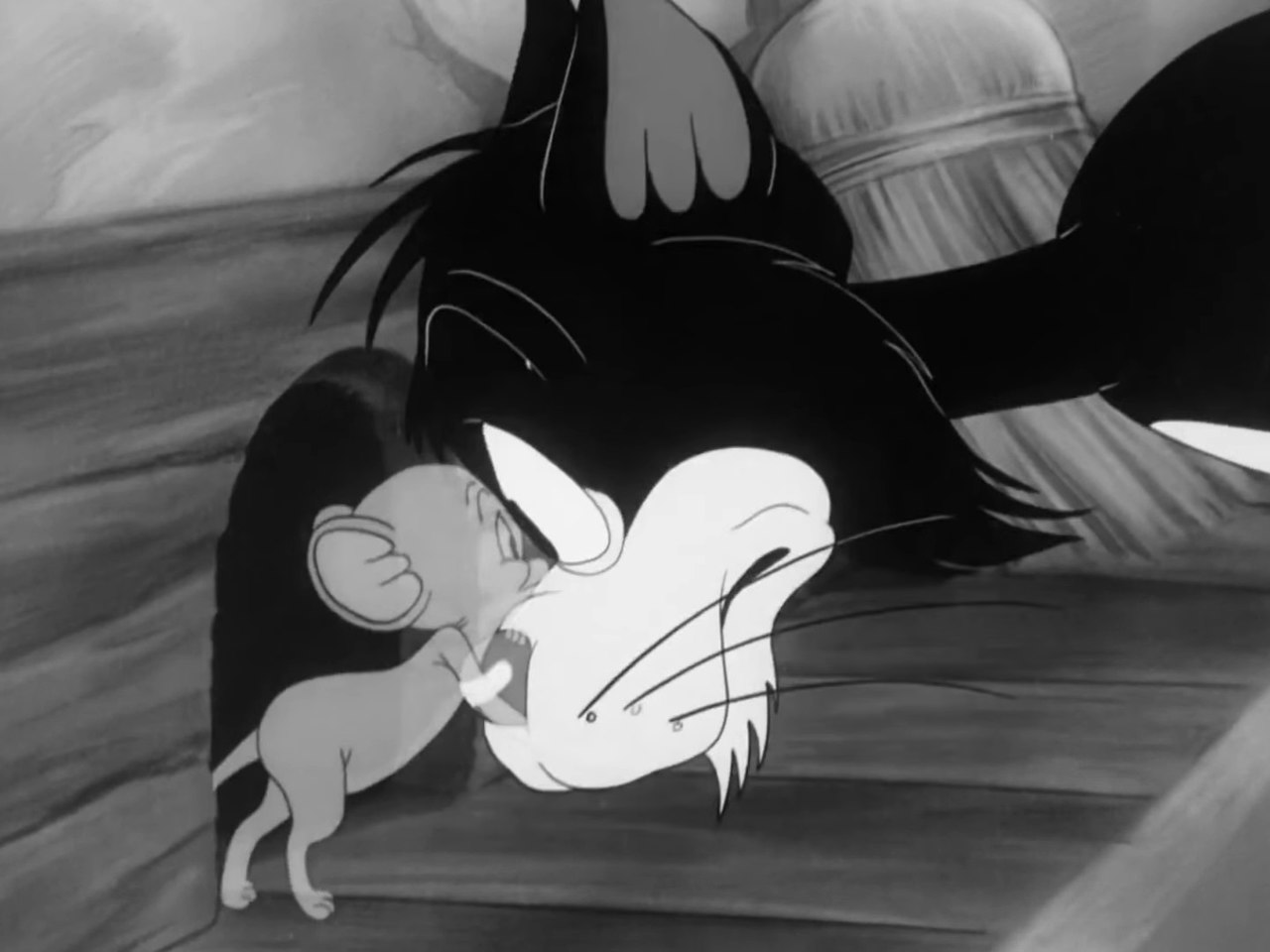 Leon Schlesinger Productions, Wikimedia Commons
Leon Schlesinger Productions, Wikimedia Commons
12. He Suffered Permanent Physical Damage
Tex Avery had a fun-loving spirit that he undoubtedly reflected in his animations—but it came at a dangerous cost. While working for his previous employer, Universal Studios, he became the victim of a lighthearted prank, which resulted in him losing his sight in his left eye.
One of his peers slingshot a paper clip at him—and it went directly into his eye. But when it came to his new job with Looney Tunes, Avery encountered yet another nightmarish incident. 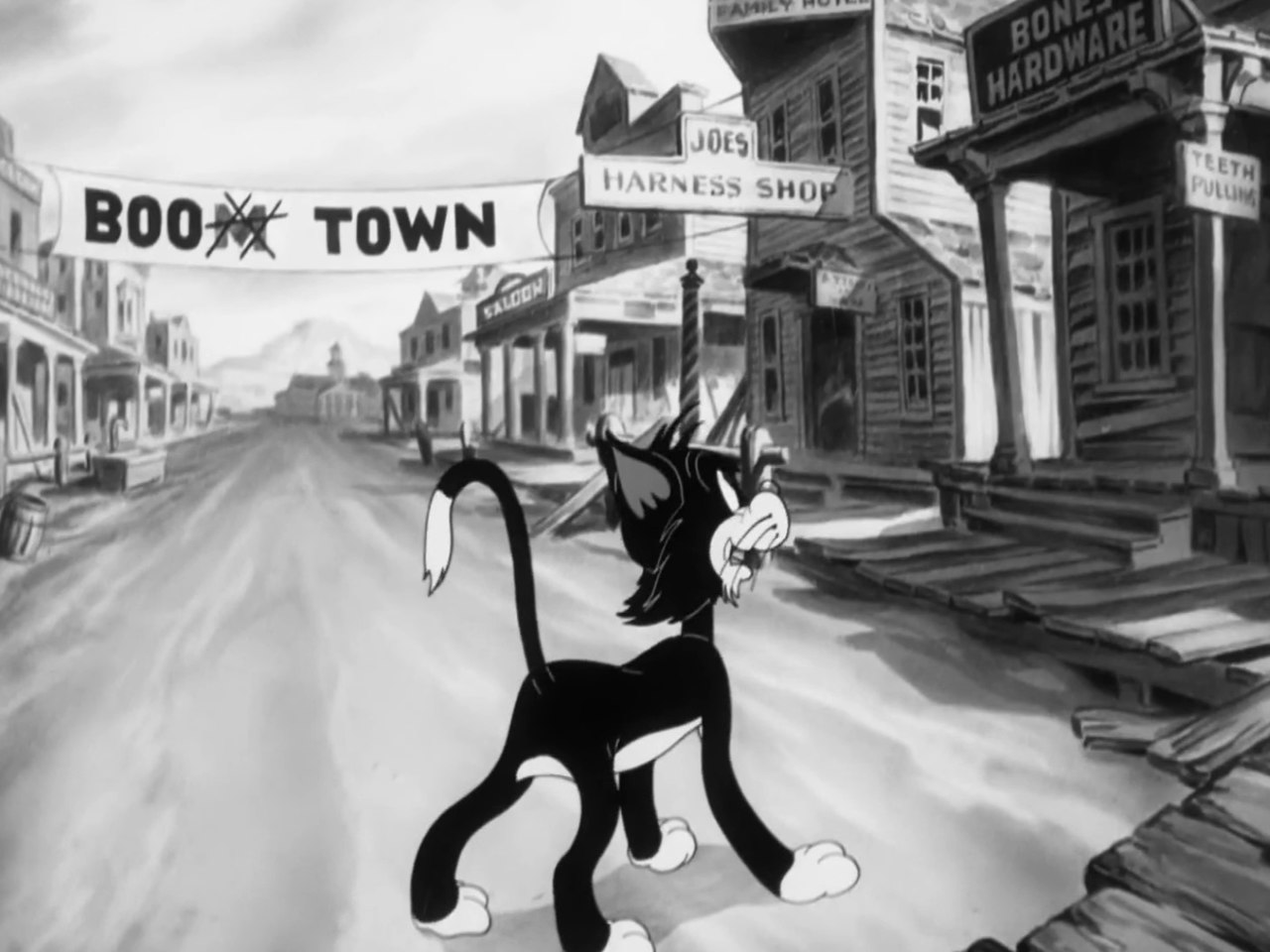 Leon Schlesinger Productions , Wikimedia Commons
Leon Schlesinger Productions , Wikimedia Commons
13. He Blew The Opportunity
Avery’s insane cartoons took the world by storm—especially with his new star characters, Daffy Duck and Elmer Fudd. Yet, things came crashing down within just a few short years of his getting started. When producers scrapped an ending he wrote for a particular cartoon, Avery went into a fit of rage—and the ensuing brawl resulted in a nasty four-week suspension.
But not before he had the chance to make his biggest contribution of all…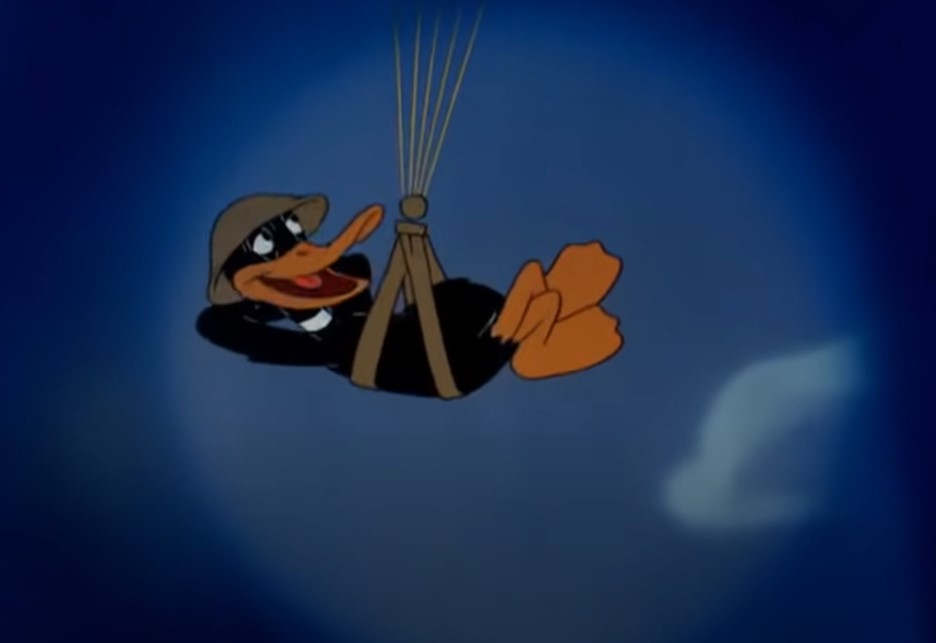 Warner Bros., Daffy - The Commando (1943)
Warner Bros., Daffy - The Commando (1943)
14. The Rivalry Intensified
Despite their recent successes, in the late 1930s, Warner Brothers wanted a true megastar cartoon character more than anything—one that could truly compete with Mickey Mouse as a global icon. They were bothered by the fact that none of their hit characters had quite reached that level of pop culture ubiquity thus far.
Competing with and even outdoing Disney continued to be a key motivating factor, even a decade after their respective founders went their separate ways. Little did they know, their dreams were about to come true—and in a very unlikely manner.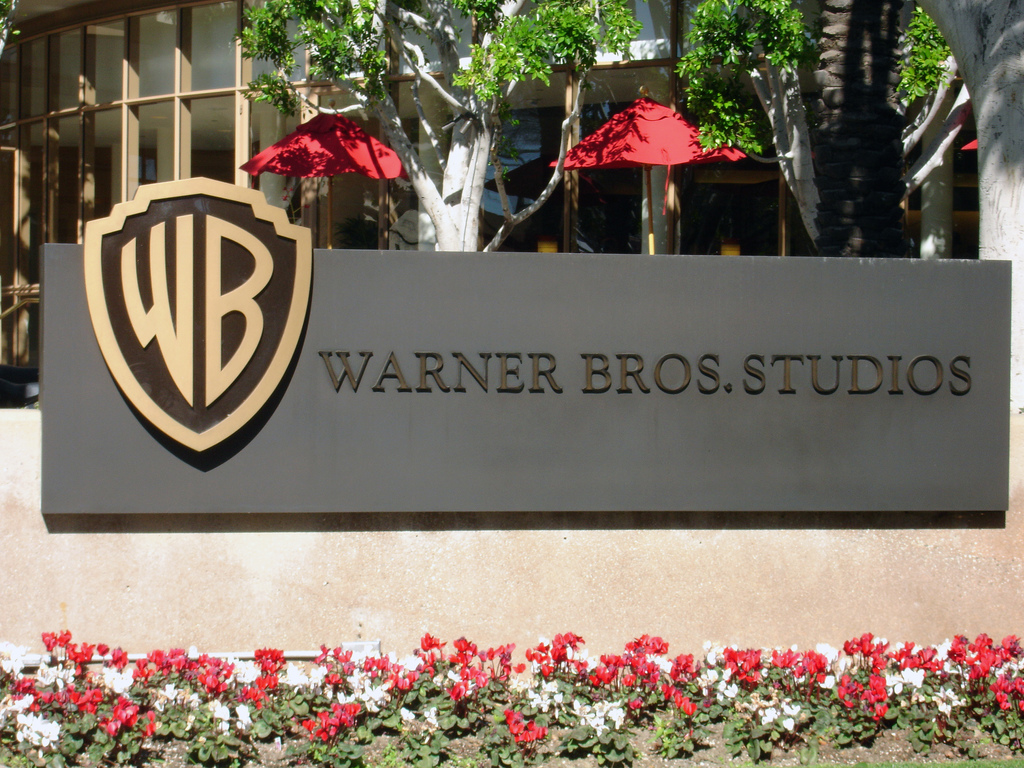 ?LiAnG?, CC BY 2.0, Wikimedia Commons
?LiAnG?, CC BY 2.0, Wikimedia Commons
15. Their Biggest Star Was An Accident
Around this time, Tex Avery remembered that a past colleague—Ben Hardaway—had created a rabbit character that was only used once or twice in minor roles a few years back. For his film A Wild Hare, Avery asked animator Bob Givens to revive and redesign the rabbit.
Therefore, "Bugs Bunny" transformed into a whole new cartoon—complete with a fresh look, sound, and personality. Once this new version of the rabbit debuted, Looney Tunes would never be the same again.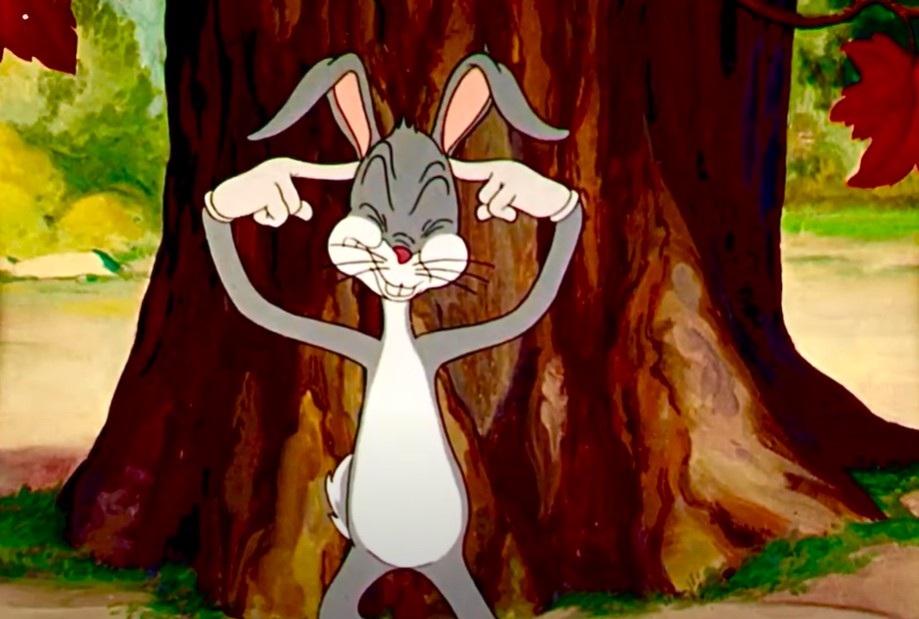 Warner Bros., Rabbit Punch (1948)
Warner Bros., Rabbit Punch (1948)
16. He Broke All The Records
Bugs Bunny’s popularity was instant, overwhelming, and unprecedented for a cartoon character. No one had ever seen a cute little critter handle conflict with such suaveness, attitude, and wit. Coupled with Mel Blanc’s iconic voice, it’s no exaggeration to say that Bugs Bunny changed pop culture forever.
Within the first five years of his existence, people had already plastered his face on everything from comic books, to memorabilia, to even US government propaganda. But this didn’t mean it was all smooth sailing.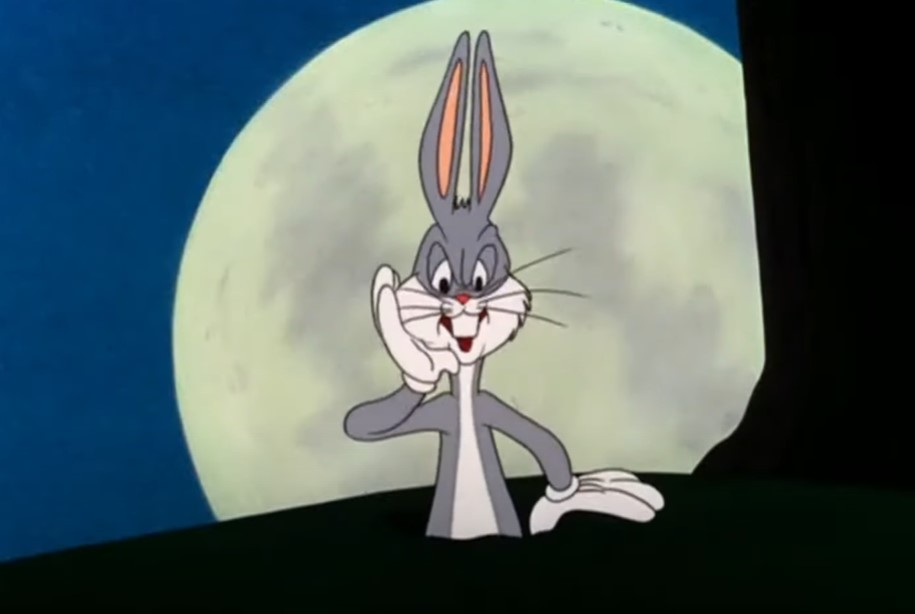 Warner Bros., Rabbit Punch (1948)
Warner Bros., Rabbit Punch (1948)
17. Some Parts Of The Job Weren’t Fun
Regardless of the on-screen scenario, we always count on Bugs to greet us with a casual “What’s up, doc?” as he chomps away at a carrot. But we probably didn’t realize all the hassle that went into creating these legendary entrances.
See, Mel Blanc hated the taste of carrots—yet the studio could never find a satisfactory alternative to the real thing for creating a believable sound effect. So, for the remainder of his working life, Blanc had to constantly be chewing on a vegetable he detested, only to repeatedly pause the recording and spit it out after each take.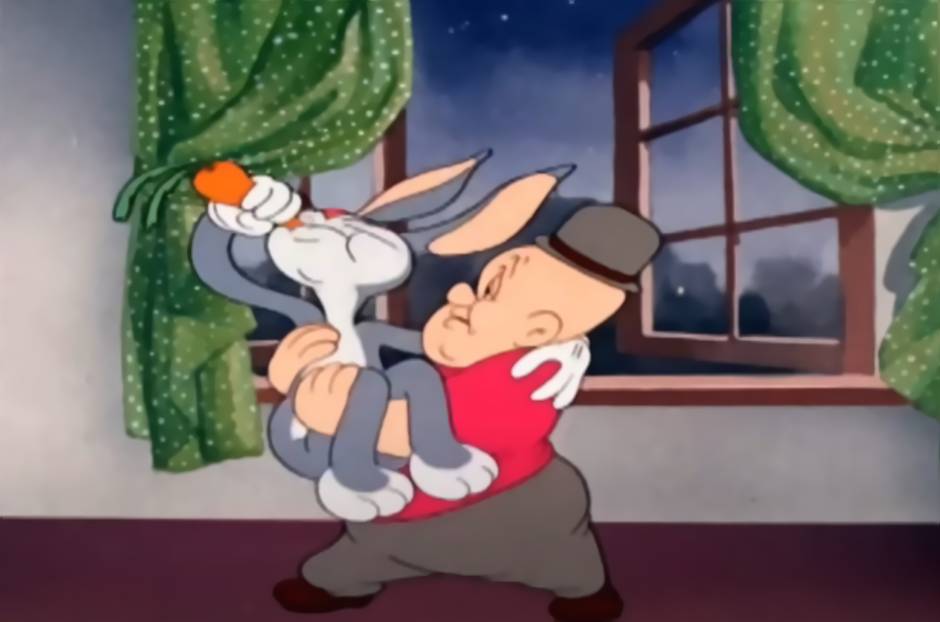 Warner Bros., The Wabbit Who Came to Supper (1942)
Warner Bros., The Wabbit Who Came to Supper (1942)
18. They Made Some Odd Choices
Trial and error is always a part of any creative project—but some decisions can only leave us wondering “What were these people thinking??” For a brief time, the production team decided to completely redesign Elmer Fudd, Bugs’ main foe—making him chubby so he’d resemble the real-life appearance of the voice actor who played him, Arthur Q Bryan.
This new “Fat Elmer” only made five appearances before the public demanded the familiar version back. Not sure why they thought audiences would care about that—but hey, it went on to create a great internet meme!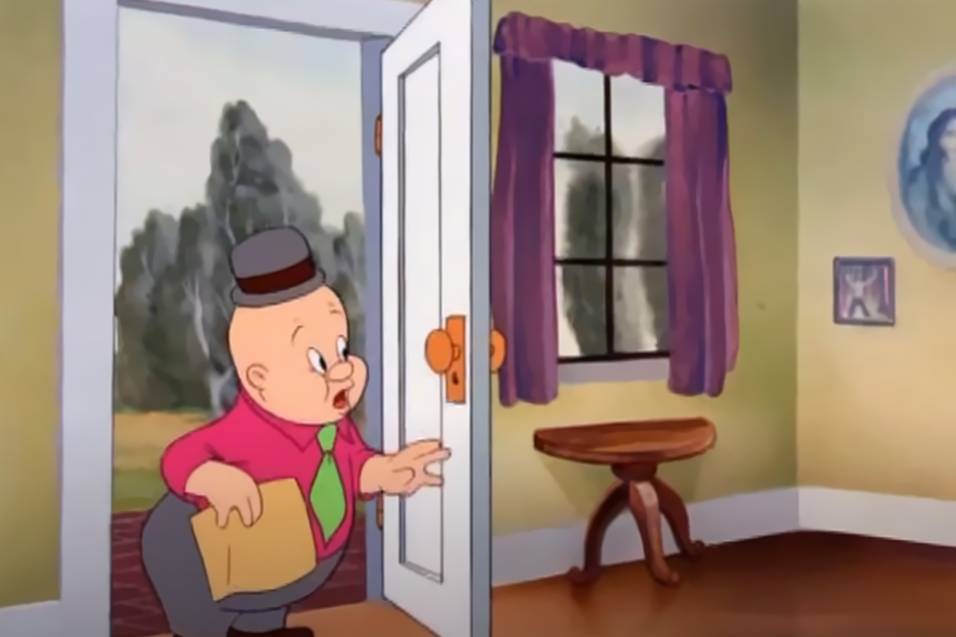 Warner Bros., The Wabbit Who Came to Supper (1942)
Warner Bros., The Wabbit Who Came to Supper (1942)
19. They Got Involved In International Affairs
During World War II, virtually all aspects of American life were either put on hold or repurposed to help in the pursuit of victory. Looney Tunes was no exception. In fact, the team received a special assignment from the US government during this time: to create a series of top secret cartoons to teach soldiers about the dos and don’ts of active combat.
They even introduced the world to yet another gem in the process—the young artist they hired to write these would later be known as the one and only Dr Seuss. 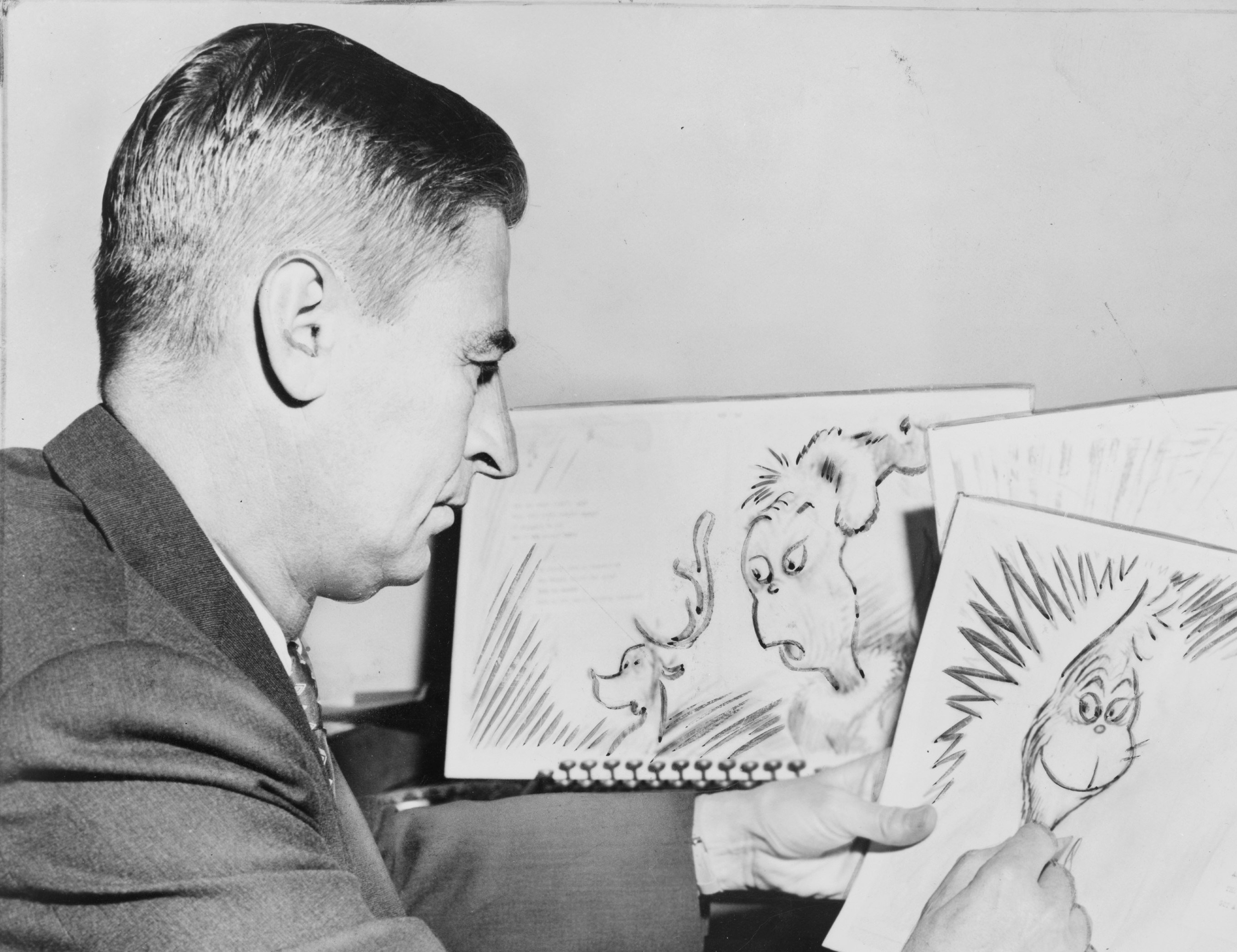 Al Ravenna, Wikimedia Commons
Al Ravenna, Wikimedia Commons
20. They Dished Out Some Well-Deserved Revenge
As war raged on, the Looney Tunes turned their irreverent attitude towards a new target—the enemy countries that America was fighting. On multiple occasions, the cartoons made fun of Germany’s evil dictator, even having Bugs, Daffy, and others fight and humiliate him on screen. Let’s just say he took notice and was not happy—and the consequences were pretty serious.
Germany formally banned both the Looney Tunes films and their creators from the country.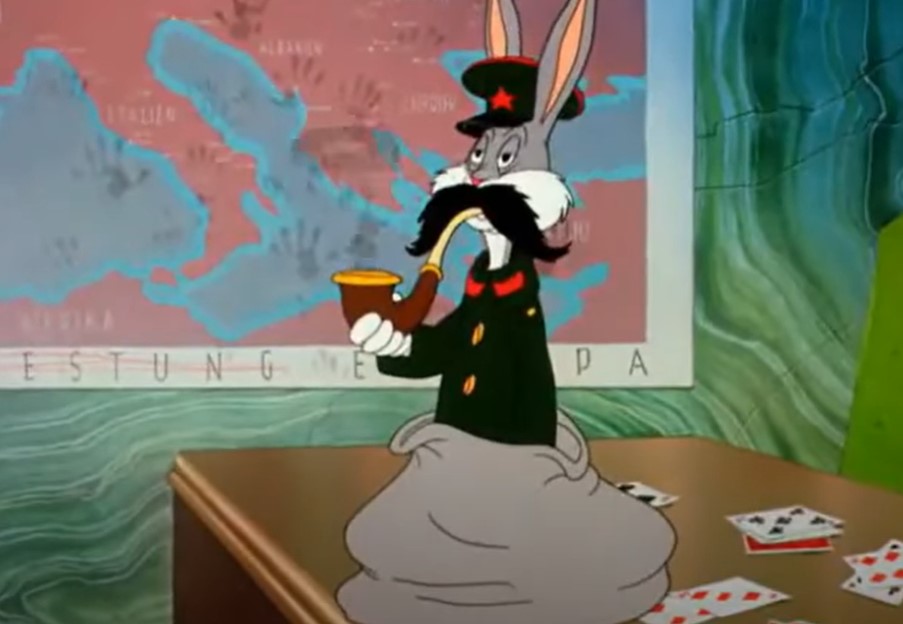 Warner Bros., Herr Meets Hare (1945)
Warner Bros., Herr Meets Hare (1945)
21. They Had A Bigger Impact Than We Thought
According to historian Benjamin Ginsberg, the war-era cartoons didn’t just entertain—they worked. Motivated in part by Jewish members of the Warner Brothers team who worried about the fate of their loved ones in Europe, the cartoons succeeded at drumming up popular support for the cause and also invigorated the national fundraising campaign for bond sales.
In other words, Looney Tunes successfully aided in the war effort!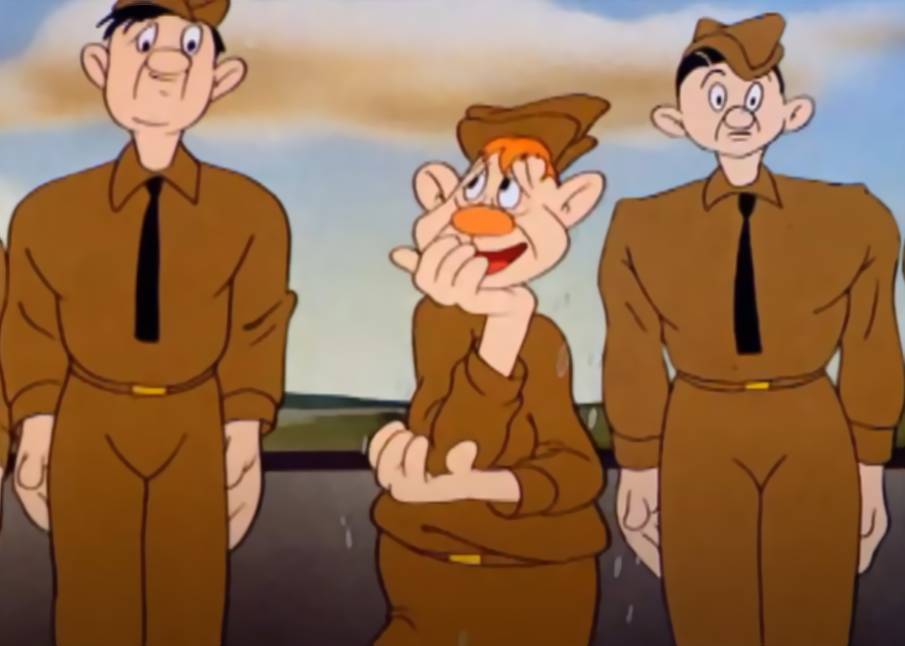 Warner Bros., Rookie Revue ( 1941)
Warner Bros., Rookie Revue ( 1941)
22. They Suffered A Loss
In the late 30s and early 40s, the team discovered a talented teenage voice actor named Kent Rogers. By his 18th birthday, they counted on him for celebrity impressions and various supporting characters in Bugs Bunny cartoons, such as Beaky Buzzard and Junior Bear.
By all accounts, he had a bright future ahead of him—until tragedy struck. Having enlisted in the Navy, Rogers lost his life at the age of 20 when a training exercise went awry. But this wasn't the last sign of trouble ahead, even at the peak of the cartoons’ popularity.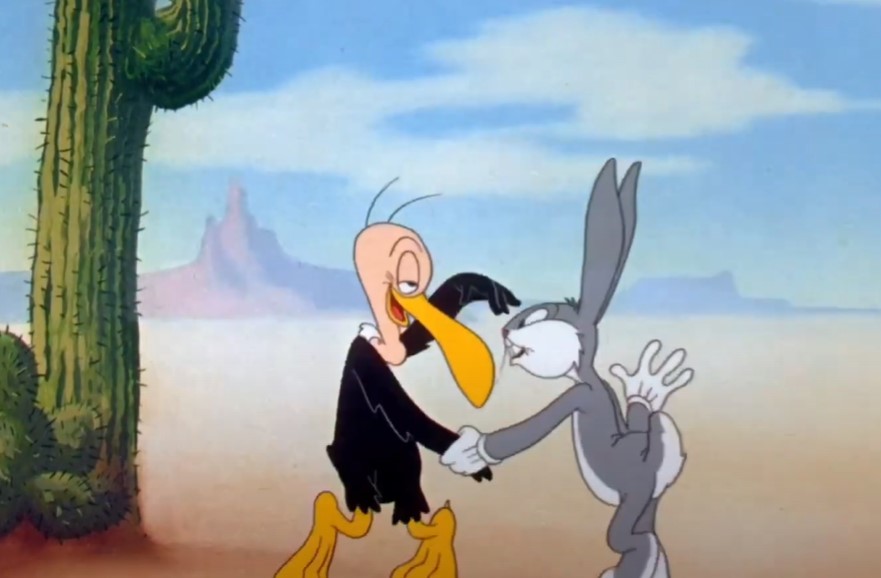 Warner Bros., Bugs Bunny Gets the Boid (1942)
Warner Bros., Bugs Bunny Gets the Boid (1942)
23. The Office Had Troubles
When several members of the staff unionized and demanded a pay raise, producer Leon Schlesinger not only refused to give them one, but he also temporarily shut down the whole studio to show them he meant business. Despite this harsh start, Schlesinger ultimately gave in to their demands—but quipped, "What about Disney?"
Word must’ve somehow gotten around, because within less than a year, Disney got hit with a major strike that shut down its operations for months. Leon Schlesinger Productions, Wikimedia Commons
Leon Schlesinger Productions, Wikimedia Commons
24. He Put Business Before Art
Out of the blue, Schlesinger shocked everyone by abruptly shutting down his production company and selling Warner Brothers the full, exclusive rights to all his characters in 1944. For some inexplicable reason, WB then chose Ed Selzer as the new producer to oversee the Looney Tunes franchise going forward—despite Selzer being known as a “grumpy old man who doesn’t like cartoons".
Right at its peak popularity, the future of the series suddenly seemed uncertain.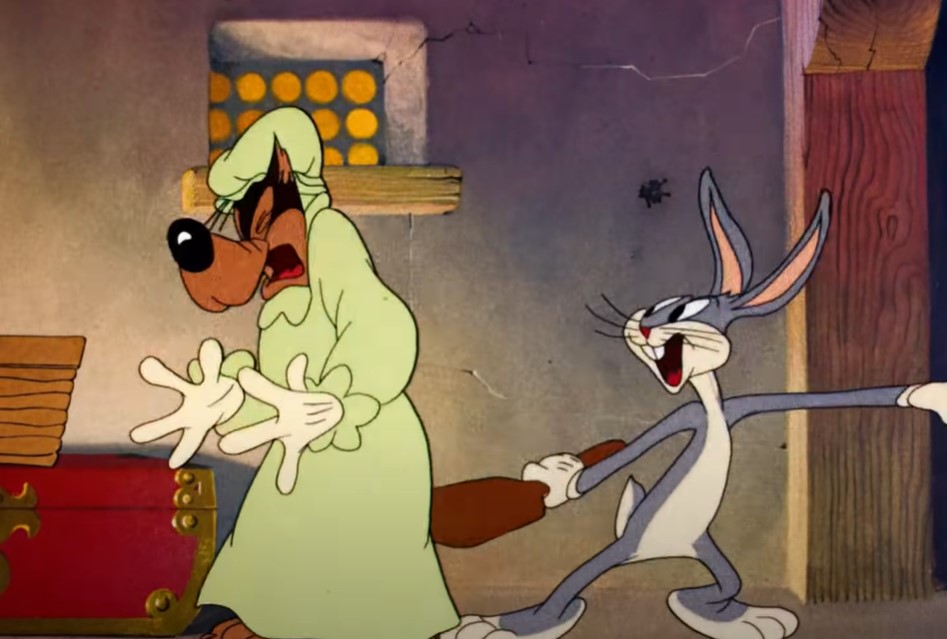 Warner Bros., Little Red Riding Rabbit (1944)
Warner Bros., Little Red Riding Rabbit (1944)
25. They Changed Industry Norms
Prior to the mid-40s, voice actors virtually never received credit for their work and essentially got treated as disposable. But Mel Blanc demanded better.
Recognizing his own talent and how important a role he played in the studio’s success, Blanc insisted on being credited on screen—even waiving his request for a pay raise in exchange. After a long, steadfast battle, Blanc won and became the first-ever voice actor to be publicly credited for his work. But there were even more changes in store.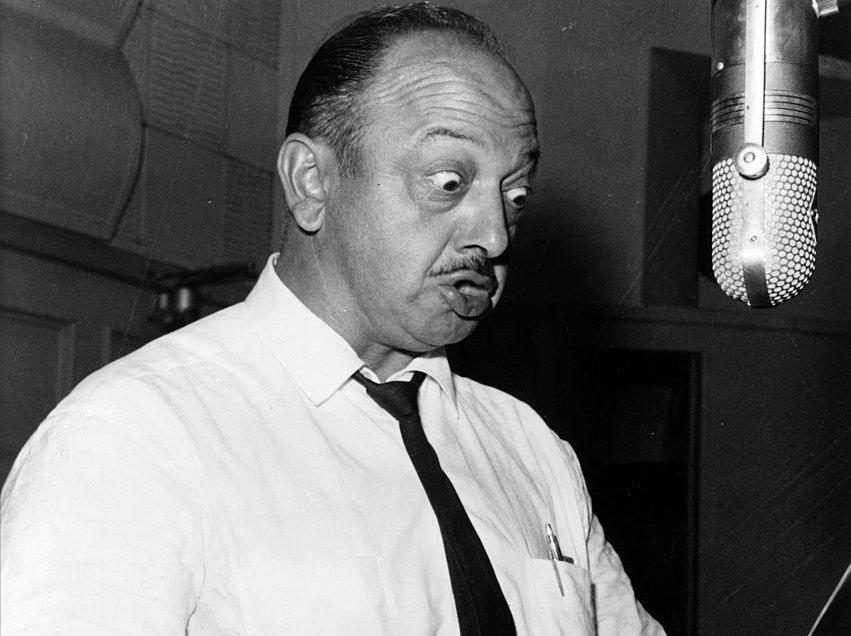 Michael Ochs Archives, Getty Images
Michael Ochs Archives, Getty Images
26. Not All Colleagues Got Along
A growing problem for the studio became the feud between directors Chuck Jones and Bob Clampett. Clampett directed most of the popular Bugs Bunny cartoons in the early 1940s, yet Jones accused him of plagiarizing ideas and taking credit for things his colleagues had done.
He even went so far as to accuse Clampett of faking an illness in order to deny him a promotion he’d been promised. By 1946, Clampett and Warner Brothers had parted ways—under circumstances that are still hotly debated.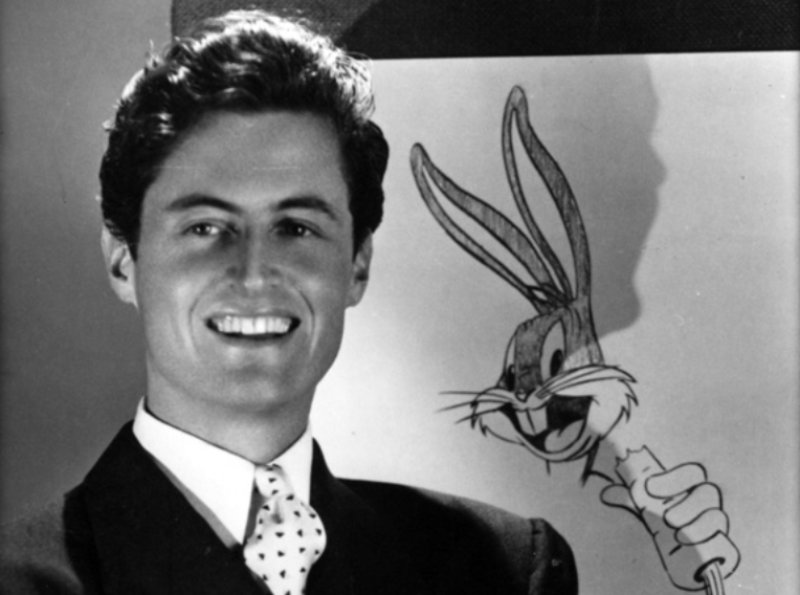 Unknown photographer, Wikimedia Commons
Unknown photographer, Wikimedia Commons
27. They Found Their Groove
Despite the turmoil, Looney Tunes not only kept on going, but also reached even greater heights than ever before. With Clampett’s departure, the studio settled into a system of three directors, each with their own full-time staff and budgets.
Having been working there as animators since the very early days, Friz Freleng, Chuck Jones, and Bob McKimson now became fully responsible for the creation of all cartoons going forward—and they did not disappoint.
Over the next decade, this trio would introduce some of the most iconic characters and films in cartoon history.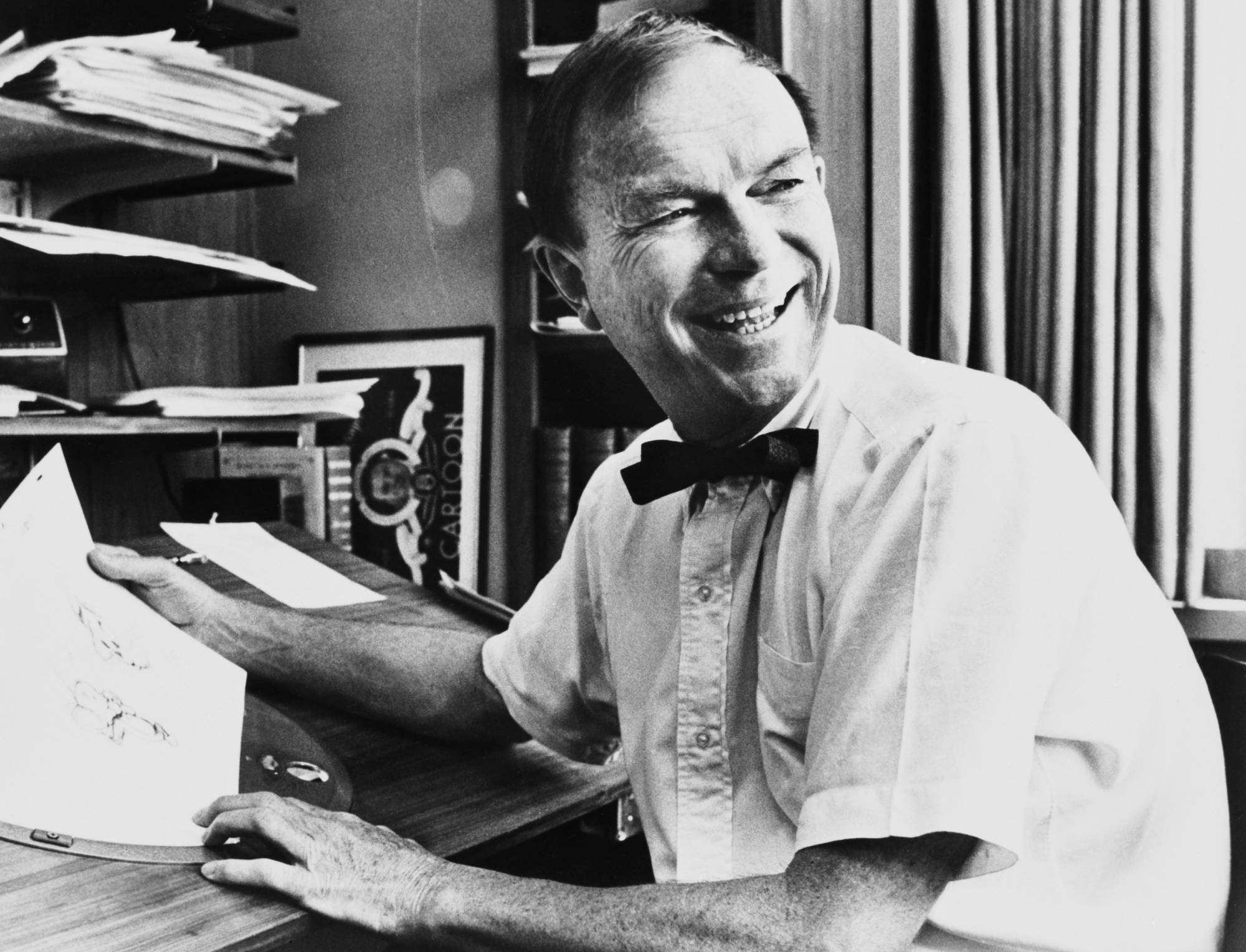 Bettmann, Getty Images
Bettmann, Getty Images
28. A Prank Led To A Classic Character
One of the new characters introduced in this era was Yosemite Sam, whom Freleng developed as an alternative foe for Bugs Bunny after years of squaring off with Elmer Fudd. But there’s one thing Freleng probably didn’t realize—his staff purposely designed Sam as a parody of their boss, who shared the character’s signature temper, red hair, and short stature.
Hard to imagine the awkward moment when Freleng must’ve inevitably figured it out!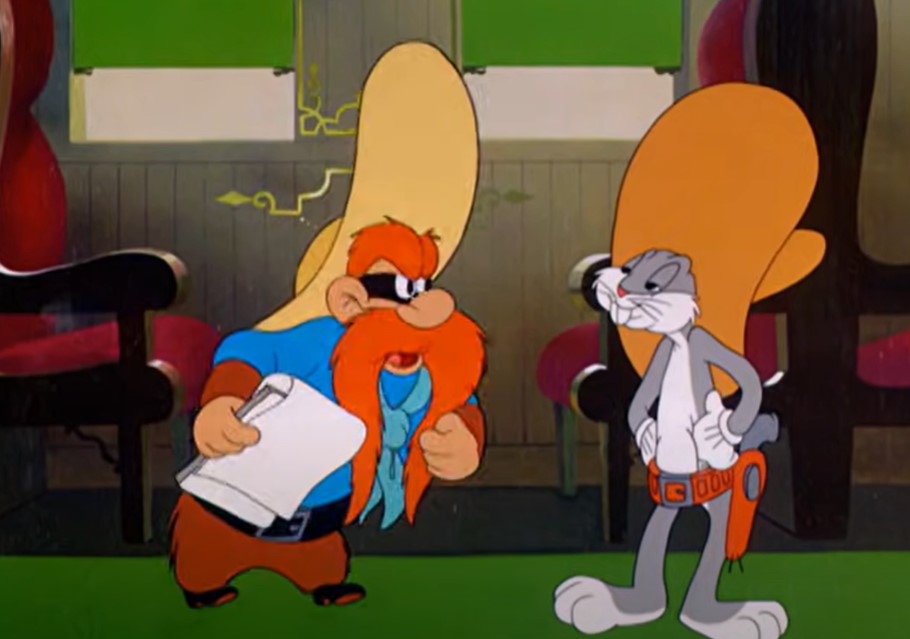 Warner Bros., Hare Trigger (1945)
Warner Bros., Hare Trigger (1945)
29. Strict Policies Almost Lost Us A Star
Another legendary duo of characters introduced during this era was Sylvester and Tweety—but we almost missed out on them completely. Shortly after Tweety’s debut, censors tried to shut the character down due to its appearance looking “naked,” in their opinions.
As a result, the team shelved the character before Friz Freleng redesigned it with the now-familiar dark yellow feathers that gave Tweety a second shot. But yet another obstacle would still almost prevent us from getting to see this beloved bird do its thing.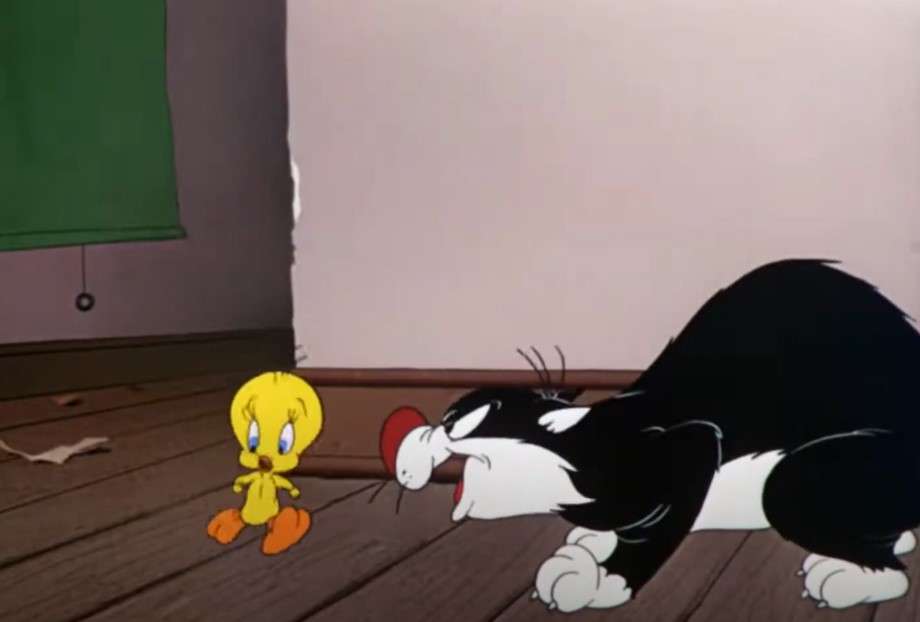 Warner Bros., Catty Cornered (Short)
Warner Bros., Catty Cornered (Short)
30. Bad Judgment Almost Cost Us Dearly
Producer Ed Selzer disliked the concept of pairing Sylvester and Tweety together as a team, thinking no one could possibly find their antics funny. He insisted that Freleng instead pair Sylvester with a generic woodpecker character. This suggestion infuriated Freleng to the point where he yelled in his boss’ face, directly questioning his judgment.
Seltzer eventually gave in, and it’s a good thing he did—the pair’s very first short won Looney Tunes its first ever Oscar. Soon after, the gang won yet another Oscar for a Pepe Le Pew cartoon—a character that Selzer had similarly tried to ban as “unfunny". Guess that’s why you don’t hire someone who hates cartoons to be a cartoon producer!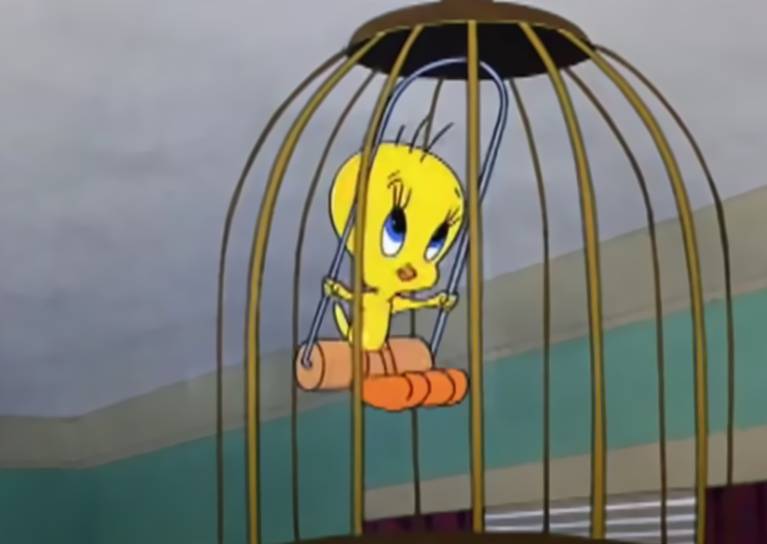 Warner Bros., Tweetie Pie (1947)
Warner Bros., Tweetie Pie (1947)
31. He Made The Same Mistake Again
You’d think Selzer would’ve learned from his past mistakes—but he didn’t. Just a few years later, when the Tasmanian Devil debuted, Seltzer called the character obnoxious and banned him from being used again in future cartoons.
For the next three years, an outpouring of fan mail came in to Warner executives, demanding to know why this hilarious character had disappeared. Once again, Seltzer had to give in. He quickly realized how wrong he had truly been this time—Taz became one of the franchise’s all-time best selling merchandising characters. 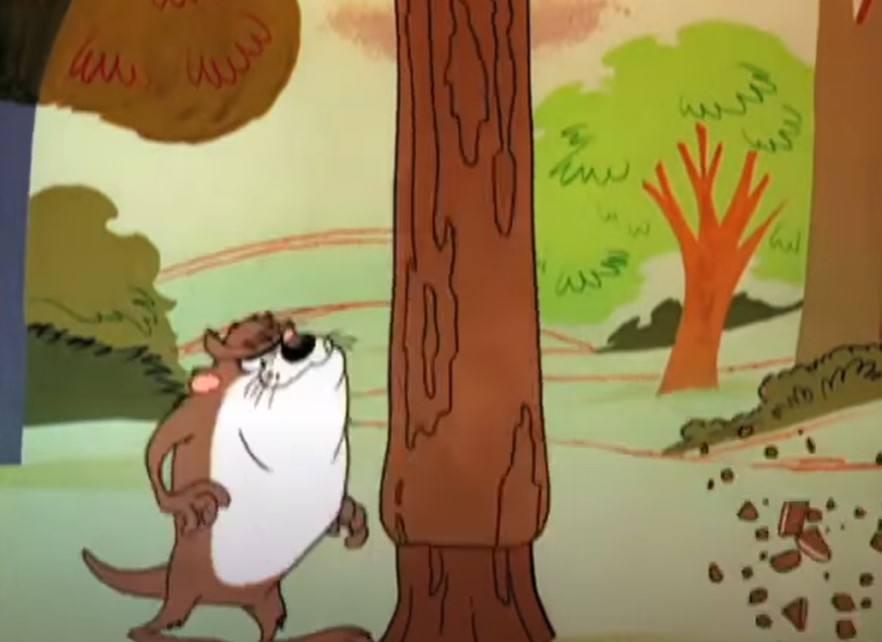 Warner Bros., Devil May Hare (1954)
Warner Bros., Devil May Hare (1954)
32. The Team Got Its Revenge
The team started to pick up on the fact that Selzer’s opinions were so frequently wrong. So, when Selzer went on an unprovoked rant one day about how bullfighting was an unfunny topic that should never warrant a parody, Chuck Jones decided to try a little experiment.
He created a cartoon all about that very topic—the now classic Bully for Bugs. Lo and behold, Selzer soon started to take a more hands off approach upon realizing he’d been wrong again.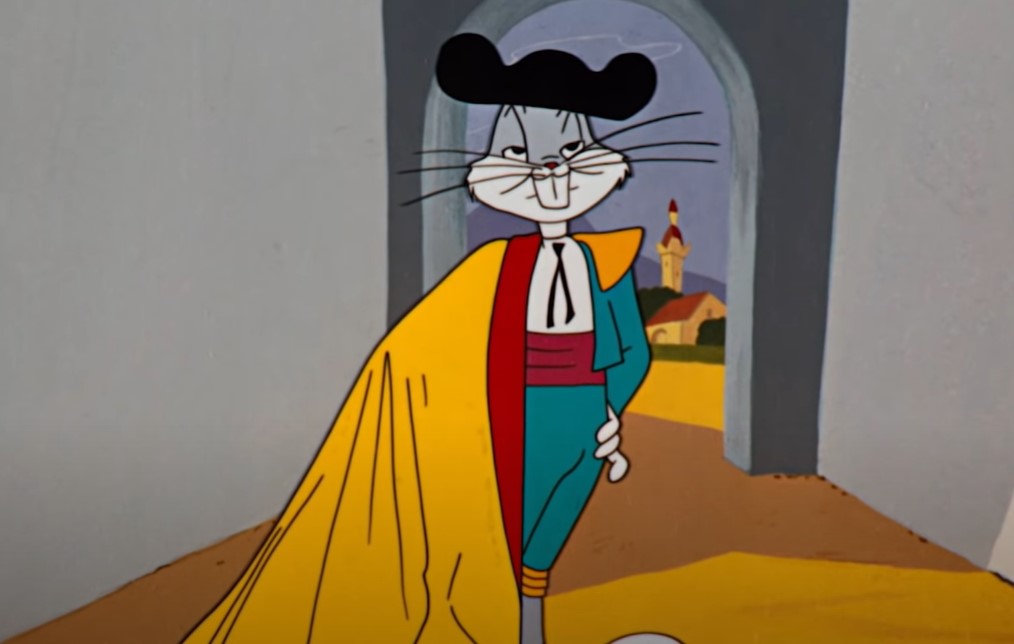 Warner Bros., Bully for Bugs ( 1953)
Warner Bros., Bully for Bugs ( 1953)
33. One Character Had A High-Brow Origin
Chuck Jones introduced yet another iconic set of characters during this era—Road Runner and Wile E Coyote. While these characters famously don’t do much talking, they owe part of their existence to one of history’s great wordsmiths.
Jones got the idea for a lanky, predatory coyote character after reading Mark Twain’s description of the creatures as “a long, slim…living, breathing allegory of Want". But if it seems like every crazy idea is working out at this point in the story, just remember that all good things must come to an end.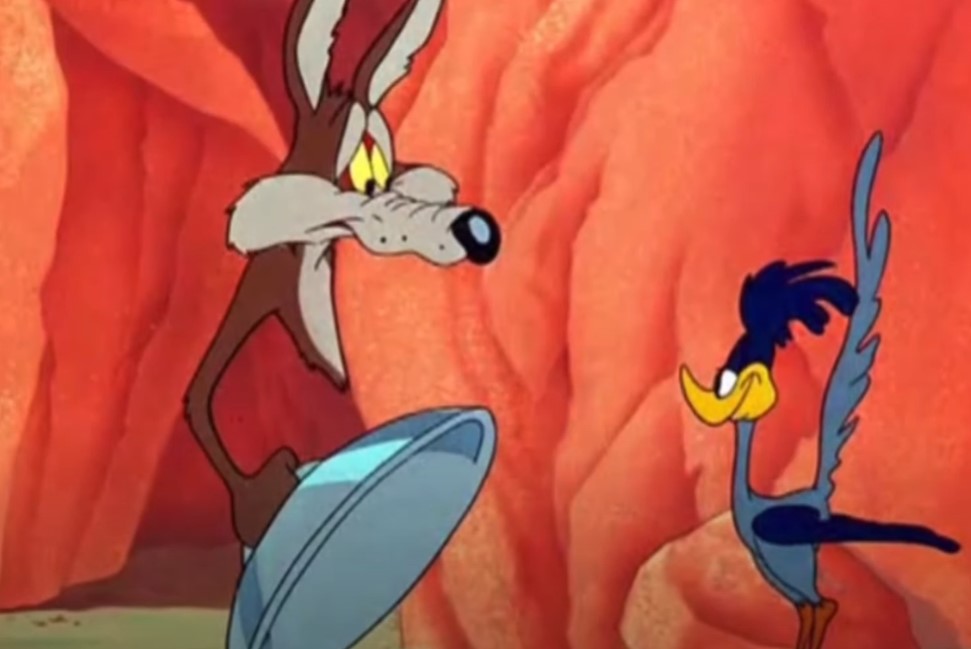 Warner Bros., Fast and Furry-ous (1949)
Warner Bros., Fast and Furry-ous (1949)
34. They Crushed A Loyal Employee’s Dreams
Things were going super well in the late ‘40s and early ‘50s—so well, in fact, that the studio thought it could afford to hire a fourth director’s unit to create even more content. They hired Art Davis, longtime animator on Friz Freleng’s staff who had always wanted a chance to direct.
Unfortunately, soon after giving him this promotion, the producers realized they couldn’t maintain the additional costs and shut his unit down after just two years. Davis remained a loyal employee even after this fiasco—returning to his second-fiddle role under Freleng and remaining there for another fifteen years.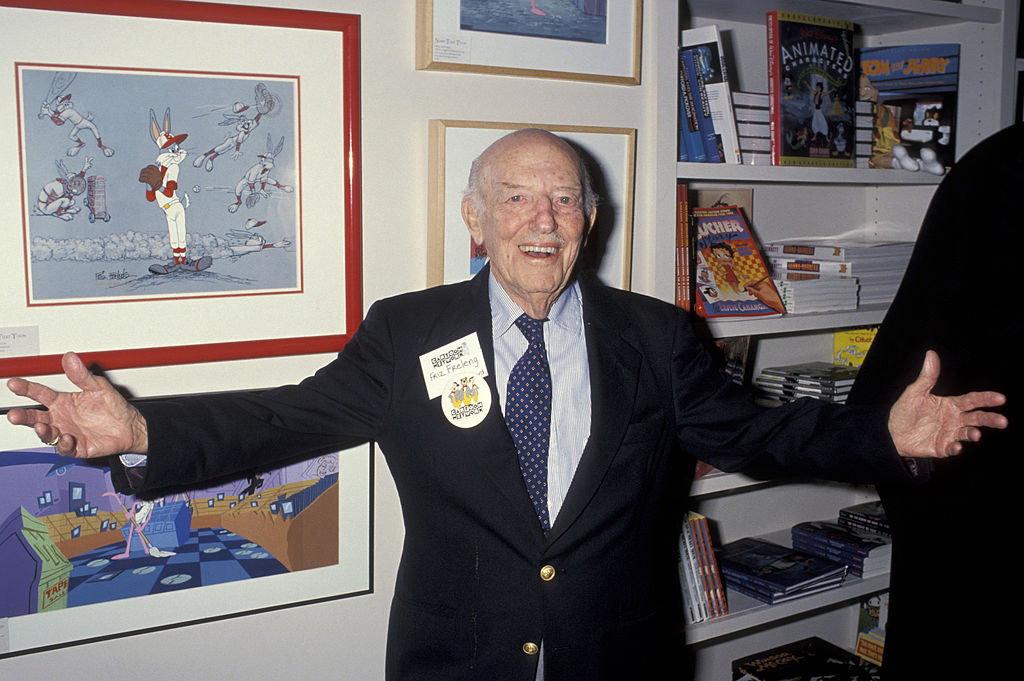 Ron Galella, Getty Images
Ron Galella, Getty Images
35. They’re Suspects In An Unsolved Hollywood Mystery
In one of the strangest incidents in animation history, both Looney Tunes and their MGM competitors Tom & Jerry released nearly identical cartoons in the same year—both claiming they had no knowledge of the other, and each accusing their rivals of plagiarism.
To this day, even with all the nerdy internet sleuths out there, no one has been able to conclusively determine who took the idea from whom, or how it all came about.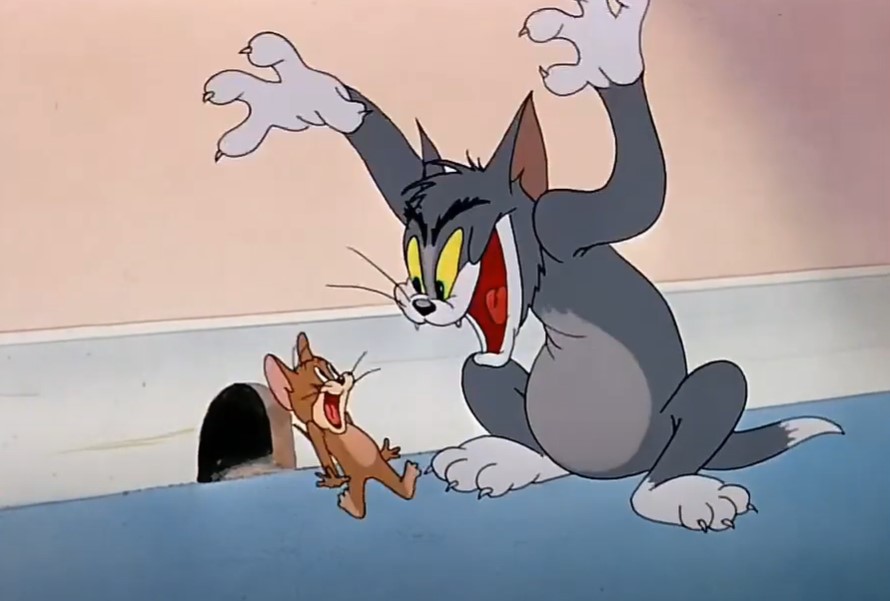 MGM, Trap Happy (1946)
MGM, Trap Happy (1946)
36. One Bet Didn’t Pay Off
In the mid-50s, Warner Brothers decided to ignore all the hype about TV becoming the next big form of entertainment, instead putting all their effort and money into pushing 3D movies.
As such, they forced Looney Tunes to start including pointless, barely noticeable 3D moments in their cartoons. Upon receiving complaints, they chose to shut down the entire Looney Tunes enterprise in order to focus entirely on the 3D craze—only to soon realize this was a terrible mistake and undo it.
But their bet against TV also had much bigger consequences… Mohd Fazlin Mohd Effendy Ooi, CC BY 2.0 ,Wikimedia Commons
Mohd Fazlin Mohd Effendy Ooi, CC BY 2.0 ,Wikimedia Commons
37. Their Bad Business Caught Up With Them
Thanks to TV, audiences began moving on to new shows while Looney Tunes cartoons were still only available in theaters. By the time Warner Brothers realized its mistake in not getting in on the TV market, something went seriously wrong.
During those years they weren’t concerned with TV, the studio had signed away exclusive distribution rights for all their cartoons prior to 1948—basically assuming they were no longer of any economic value.
As a result, even when Looney Tunes did reach television with the smash hit Bugs Bunny Show and its various spinoffs, they were forbidden from showing their first 18 years’ worth of content.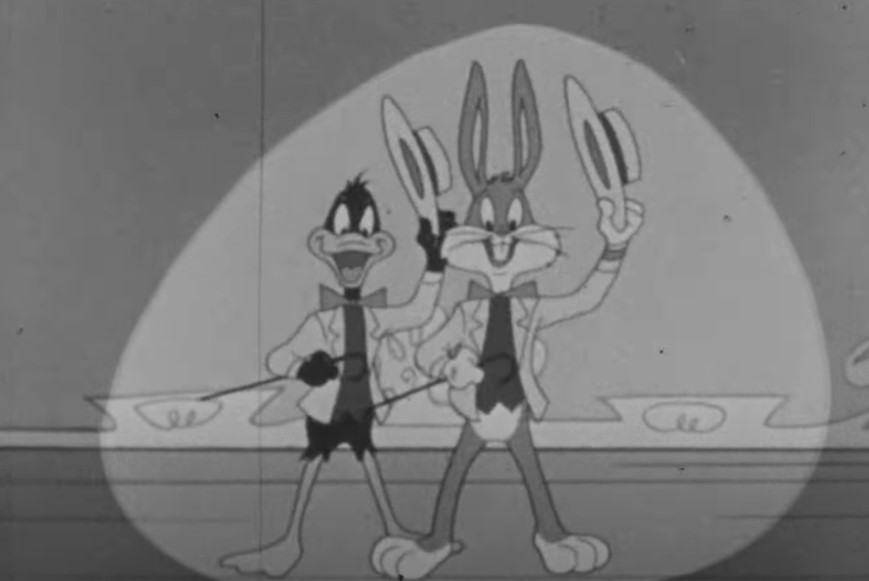 Warner Bros. Television, The Bugs Bunny Show (1960–1975)
Warner Bros. Television, The Bugs Bunny Show (1960–1975)
38. Their Dark Past Came Back To Haunt Them
On top of those issues, another problem had emerged—many of the original cartoons came from a time when cultural sensitivities towards minority groups was…less than widespread. As a result, censors deemed eleven Looney Tunes cartoons too inappropriate and offensive to ever be permitted on TV airwaves.
To this day, they remain known as the “Censored Eleven,” and are banned from being shown. And the increasingly catastrophic problems for Looney Tunes’ adaptation to the world of the 1960s would soon spiral out of control.
39. One Night Almost Ended Everything
In 1961, a serious car crash in Los Angeles nearly took Mel Blanc’s life. The voice actor responsible for all of the franchise’s major characters lost consciousness and spent several weeks hospitalized in a coma. His family feared he might never wake up. It looked like the future of the cartoon series was once again in trouble—but then, something totally unexpected happened.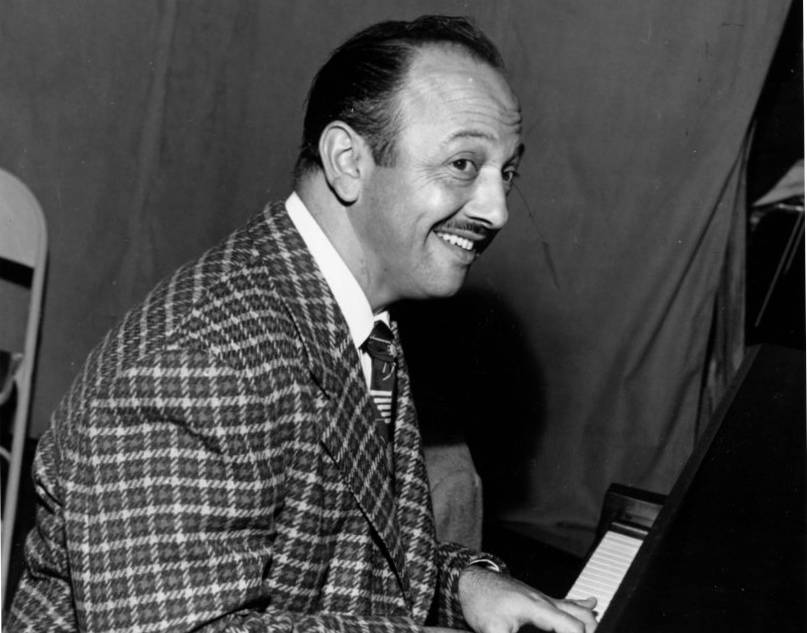 Michael Ochs Archives, Getty Images
Michael Ochs Archives, Getty Images
40. Cartoons Saved His Life
When weeks of trying every conventional medical method of reviving Blanc to consciousness failed, his doctor came up with a quirky idea and decided to give it a go.
Within earshot of the ailing performer, the doctor said: “How are you feeling today, Bugs Bunny?” Miraculously, Blanc’s mouth opened and instinctively replied: “Eh, just fine, doc!” This somehow woke his brain back up, and allowed him to begin his long road to recovery and back to the job he loved.
But while Blanc ultimately survived his scare, another key player would soon find himself in a predicament he couldn’t solve.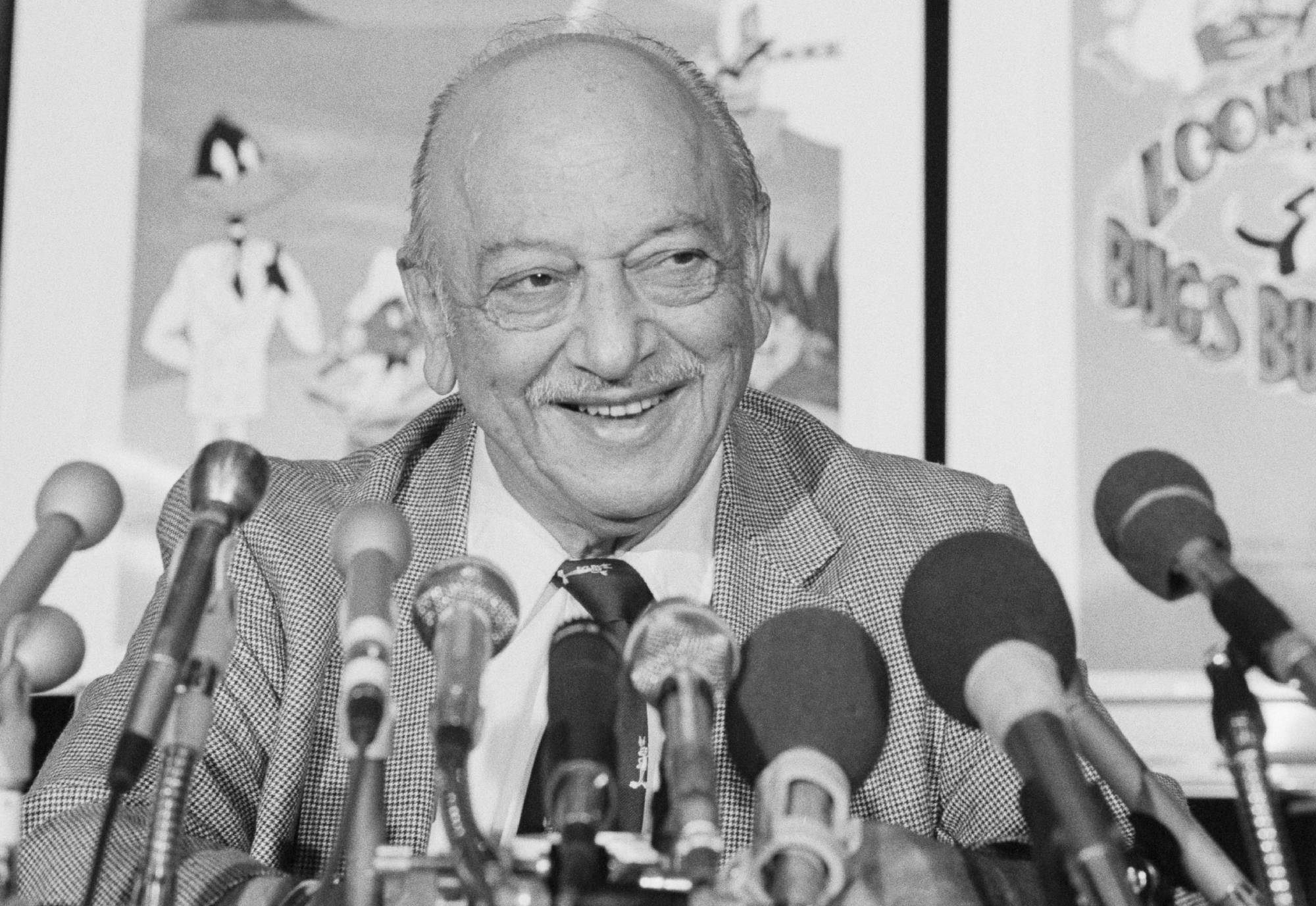 Bettmann, Getty Images
Bettmann, Getty Images
41. He Tried To Have It All
By the 1950s, Chuck Jones became the most widely admired Looney Tunes director for his innovative and uniquely artistic styles. Nevertheless, by the early ‘60s, Jones craved something different.
He became increasingly fascinated with a new animation studio called “UPA”—which favored minimalist, abstract drawings and mature subject matter. Unable to pursue this interest at Warner Brothers, Jones secretly broke his contract and created a film for this rival studio.
This would soon prove to be the biggest mistake of his entire career.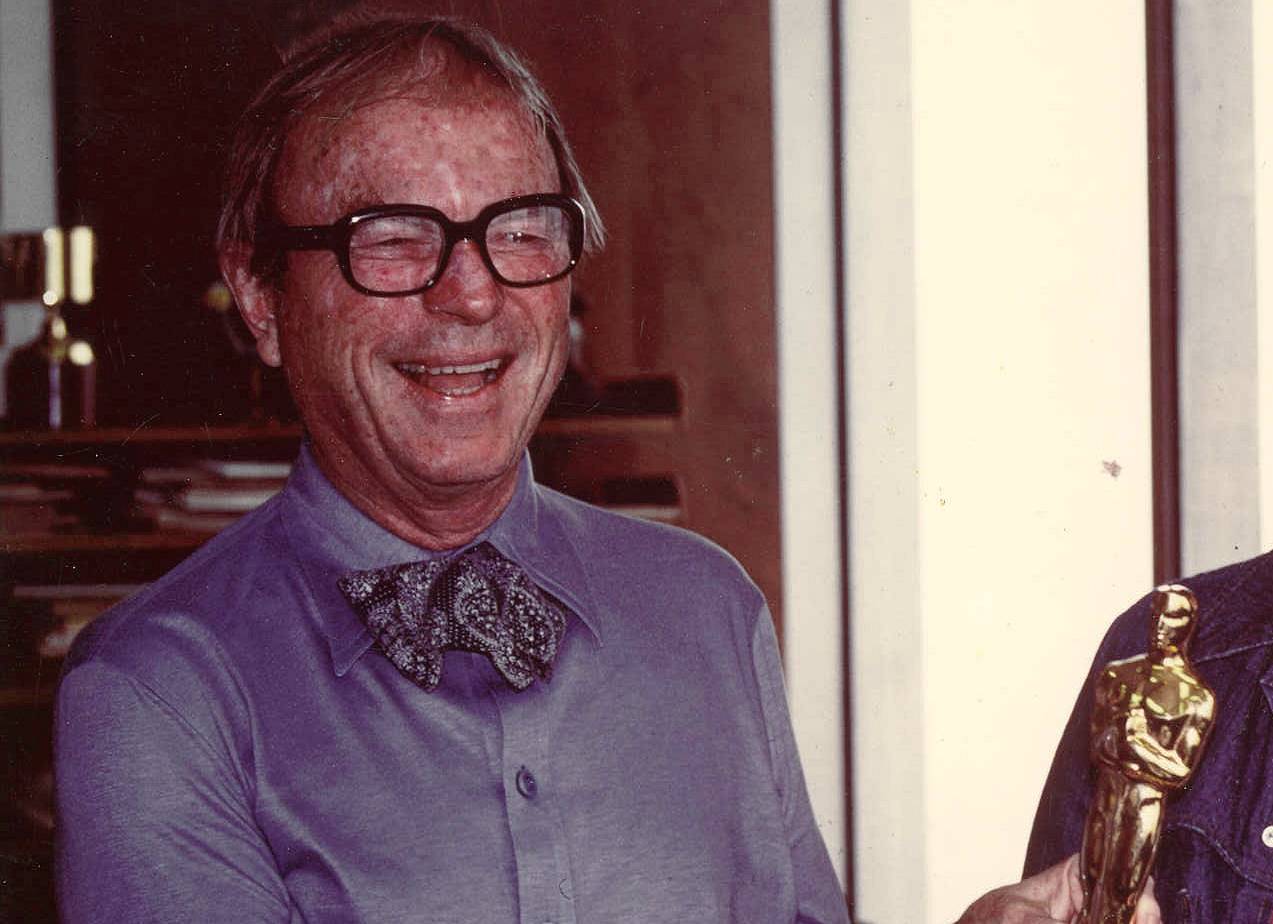 Alan Light, CC BY 2.0 , Wikimedia Commons
Alan Light, CC BY 2.0 , Wikimedia Commons
42. His Actions Had Consequences
When Jones completed his secret UPA film Gay Purr-ee, he thought he had gotten away with it without his Warner Brothers bosses finding out—but he was so wrong.
Warner Brothers happened to purchase the rights to the film and were shocked to discover their own employee’s name on the script! After three decades of employment, and a history-changing career, Warner Brothers promptly fired Jones for the incident.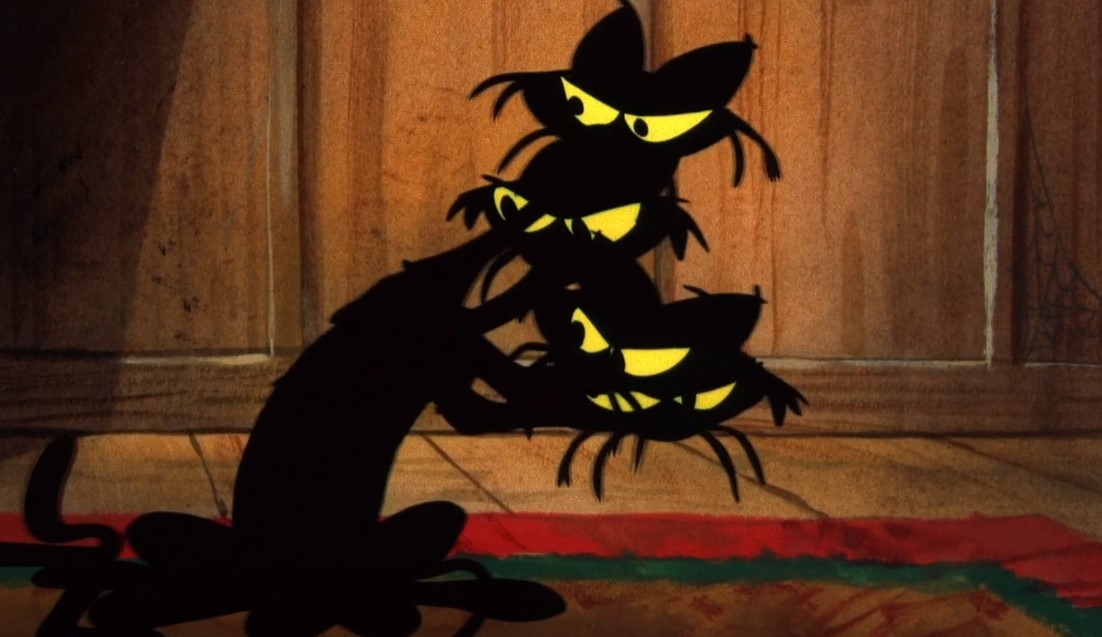 Warner Bros., Gay Purr-ee (1962)
Warner Bros., Gay Purr-ee (1962)
43. The Serious Downfall
The franchise never fully recovered from Jones’ departure, and by the mid-60s Warner Brothers had stopped creating new cartoons—but the demand remained as strong as ever.
So, they decided to start outsourcing the job to a third-party studio. This did not go well. Lacking the involvement of most of the original creators, as well as a decent budget, most of these cartoons just didn’t feel quite the same. But that wasn’t the only thing wrong with them.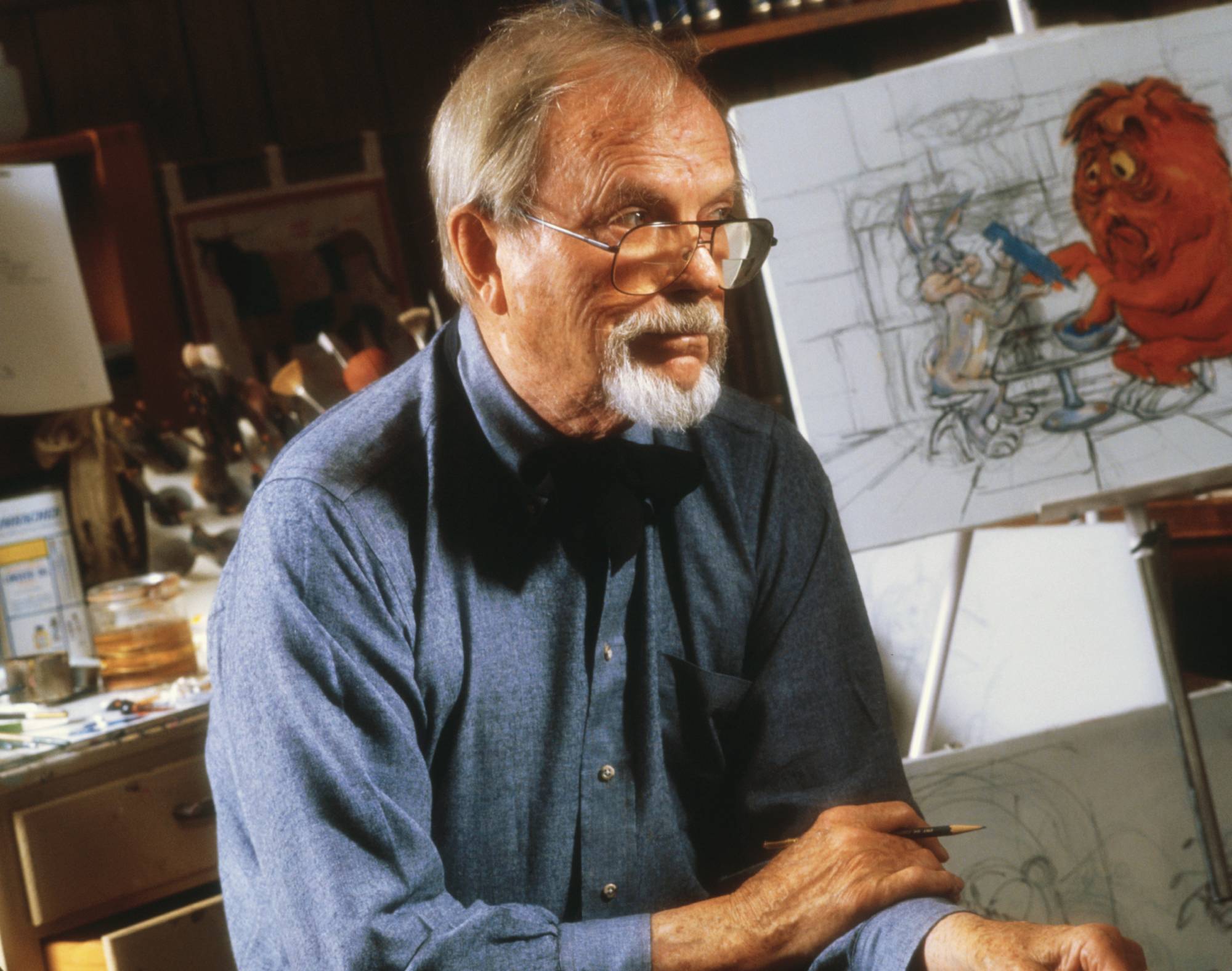 Gary Moss, Getty Images
Gary Moss, Getty Images
44. They Lost Their Own Characters
Because of the strictures of Warner Brothers contracts, this third-party studio quickly realized it had no legal right to even use the vast majority of the well-known Looney Tunes characters. For the most part, the only characters they were permitted to work with were The Road Runner, Wiley Coyote, Speedy Gonzales, and Daffy Duck.
But this was only the tip of the iceberg.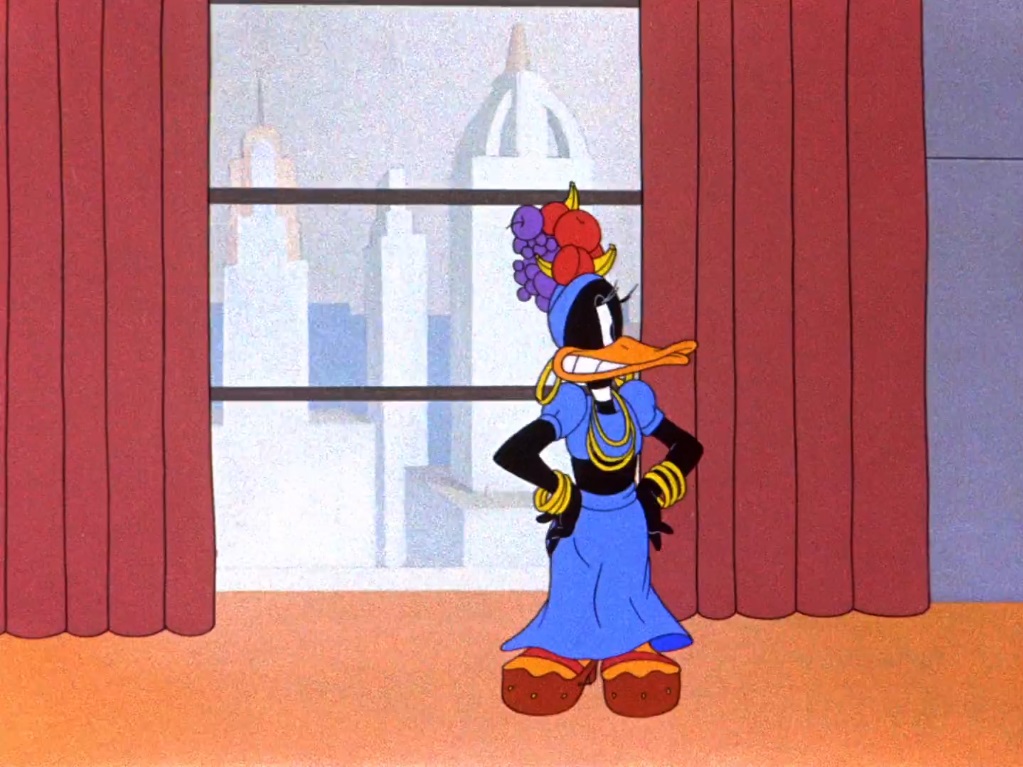 Friz Freleng, Wikimedia Commons
Friz Freleng, Wikimedia Commons
45. Their Last Attempt Ended Disastrously
Unable to effectively utilize the well-known characters anymore, this new group decided their best bet at keeping the franchise going was to create some new characters. The big new would-be star they tried to push was an oddball feline named “Cool Cat". But this didn’t help—the public still wanted the characters they grew up with.
By 1969, when it was clear this latest endeavor wouldn’t work out, the original run of the Looney Tunes franchise came to a disappointing end—fifty years and more than 1000 cartoons after their initial pilot. Luckily, though, the story didn’t end here.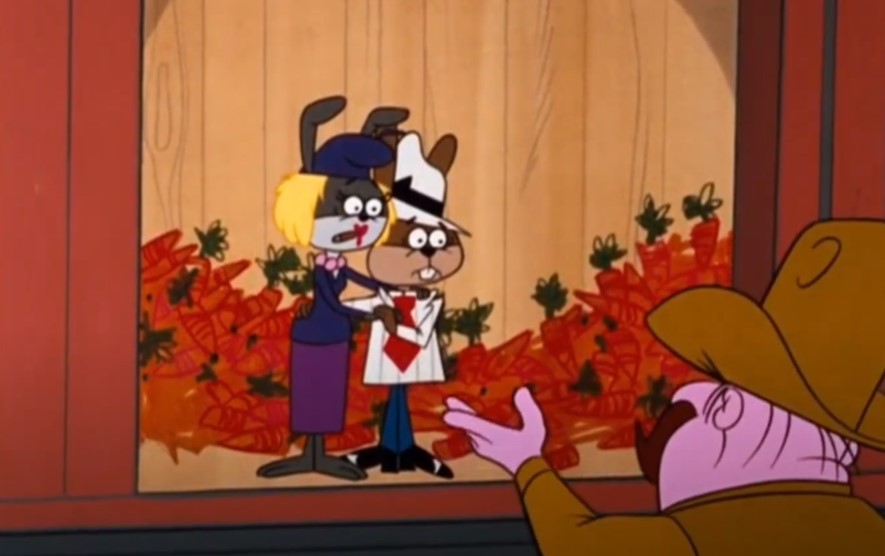 Warner Bros. Animation, The Great Carrot-Train Robbery (1969)
Warner Bros. Animation, The Great Carrot-Train Robbery (1969)
46. They’ve Had A Long Afterlife
Despite the original series ending, the Looney Tunes have never fully gone away. Thanks largely to their popularity in TV reruns and merchandising, less than a decade went by before Jones, Freleng, Blanc, and other surviving members of the gang got back together again to create new content—including the franchise’s first ever feature-length movies and holiday specials.
But some of these ventures went more smoothly than others.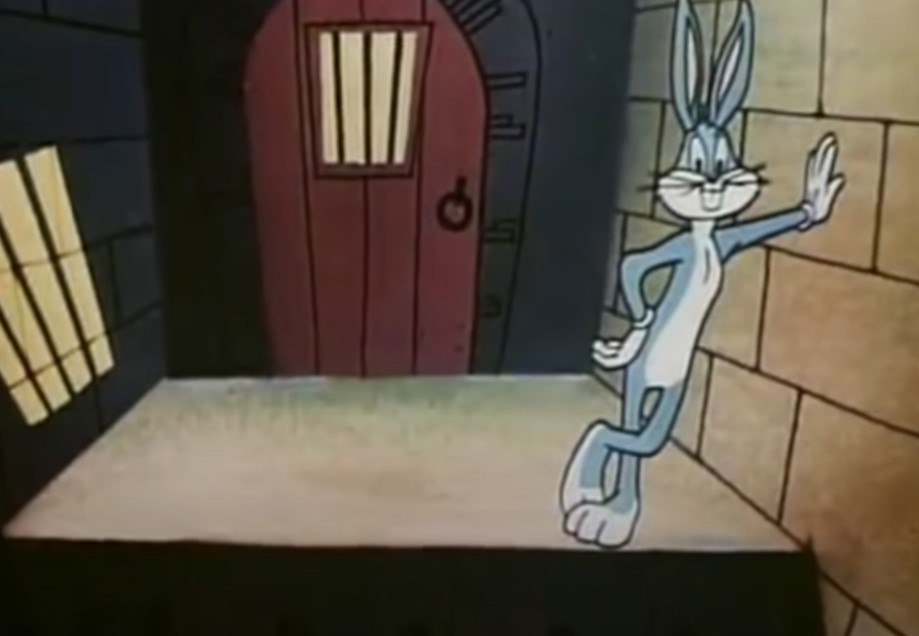 Warner Bros., The Looney, Looney, Looney Bugs Bunny Movie (1981)
Warner Bros., The Looney, Looney, Looney Bugs Bunny Movie (1981)
47. The Fans Are Divided
With countless Looney Tunes spinoffs and new movies since the 1990s, there’s no consensus amongst the general public as to whether any of it lives up to the magic of the originals.
For example, the movie Space Jam and its 2021 sequel both brought in hundreds of millions at the box office, despite being widely disliked by many fans and critics. On the flip side, the Looney Tunes: Back in Action series failed at the box office, but was loved by many fans and critics.
But the weirdest Looney Tunes endeavor came from something else entirely.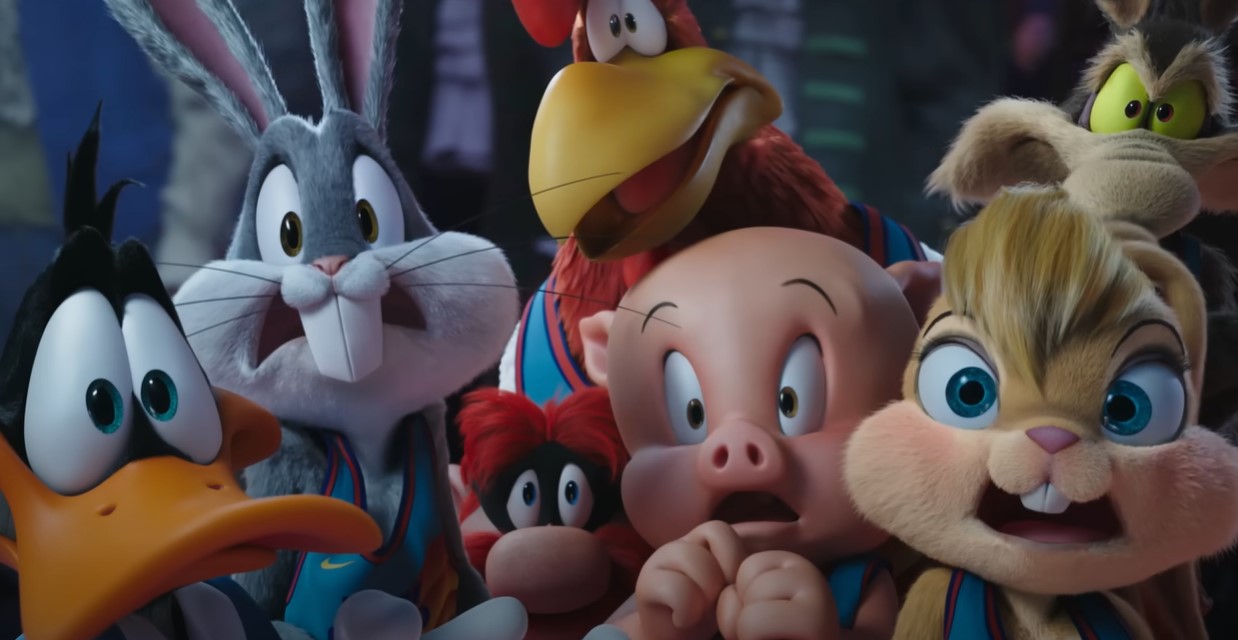 Warner Bros., Space Jam: A New Legacy (2021)
Warner Bros., Space Jam: A New Legacy (2021)
48. One Character Took A Weird Turn
For a number of years, fast food chain Kentucky Fried Chicken produced a series of commercials featuring beloved Looney Tunes character, Foghorn Leghorn. That’s right, they thought it was a good idea to have the world’s favorite chicken be telling you to eat fellow members of his own species.
But…if you’re enjoying the hilarious antics of a lovable chicken, why would you want to eat him??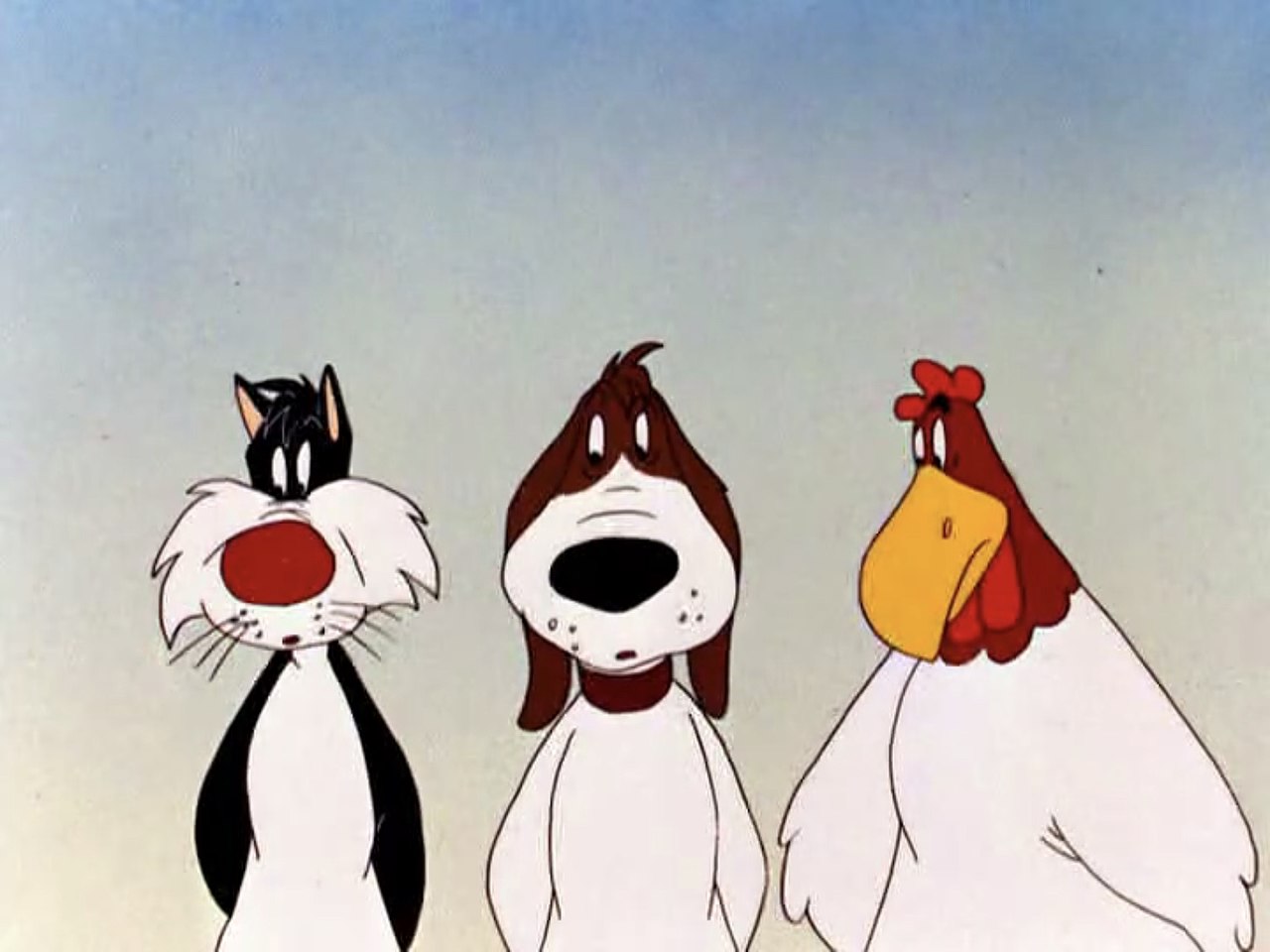 Warner Bros, Wikimedia Commons
Warner Bros, Wikimedia Commons
49. They’re Still Causing Controversy
In recent times, there have been numerous calls for the characters of Pepe Le Pew and Speedy Gonzales to be removed from reruns and new content, due to the potential to offend modern sensibilities—Speedy because of his Mexican stereotypes, and Pepe because of his non-consensual romance jokes.
Though both characters have seen a decline in usage, they chose to remove Pepe from Space Jam: A New Legacy while allowing Speedy to stick around.
At the end of the day, however, the fact that the general public still cares enough about these characters to debate their future is a testament to just how special a place the Looney Tunes franchise holds in so many of our hearts.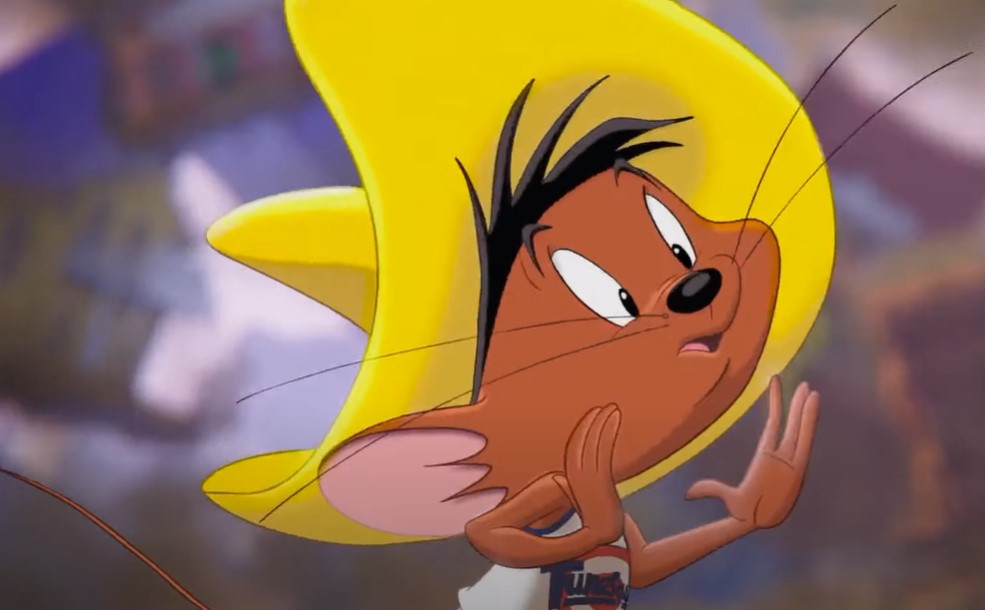 Warner Bros., Space Jam: A New Legacy (2021)
Warner Bros., Space Jam: A New Legacy (2021)
50. They Made History In An Unwanted Way
Looney Tunes most infamous moment may have come right at its beginnings. Their post-Bosko scramble took a weird turn when, despite several of the artists’ objections, they chose the character of “Buddy” to promote as Looney Tunes’ new star-to-be. For those unfamiliar, Buddy is basically just a bland, smiling man with no unique, memorable features or personality quirks whatsoever.
Not only did the character utterly fail to resonate with audiences, but he has since become a punchline in the industry—often referred to as the most boring cartoon character of all time. But their real rock bottom was worse.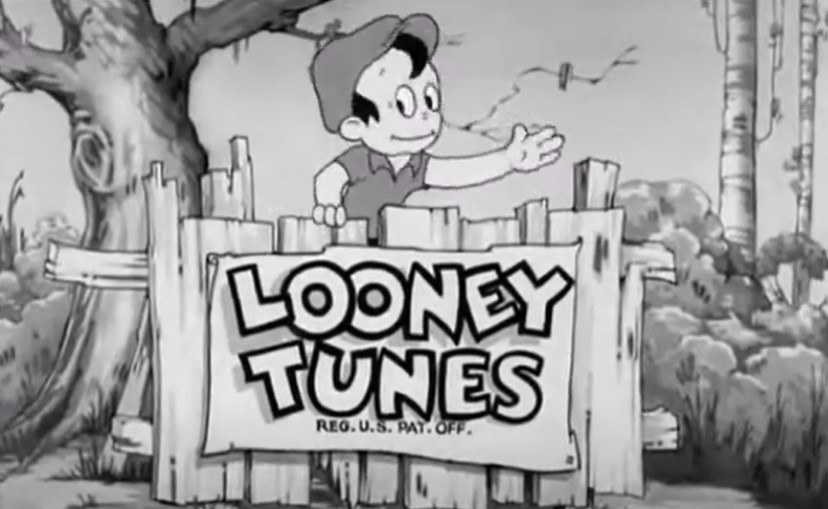 Warner Bros., Buddy's Day Out (1933)
Warner Bros., Buddy's Day Out (1933)
51. Their First Smash Hit Had A Dark Origin
Finally, after several years of failures, the studio finally created its first true superstar in 1935—the one and only Porky Pig. Though most of us know and love Porky for his iconic, adorable stutter, few are aware of the animation's uncomfortable origin.
Turns out, Porky stutters because his original voice actor, Joe Dougherty, really did have a serious speech impediment—and the studio thought the public would find it amusing to laugh at. As if that wasn’t bad enough already, their next move was even worse.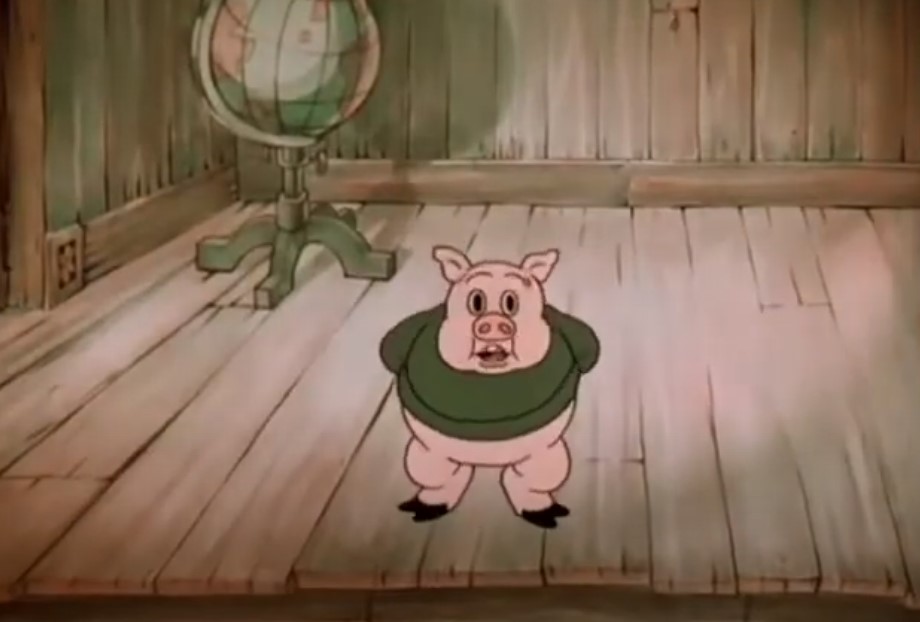 Warner Bros., I Haven't Got a Hat (1935)
Warner Bros., I Haven't Got a Hat (1935)
52. They Dealt Him A Low Blow
Despite Dougherty being a good sport and putting his stuttering out there for the sake of his character, Warner Brothers fired him in 1937—at the height of his stardom. The reason?
His stutter—the very one that made Porky famous—made voice recording sessions too time-consuming. The studios found him to be too costly. But while Porky’s first era came to an end, the era of the Looney Tunes superstars had only just begun.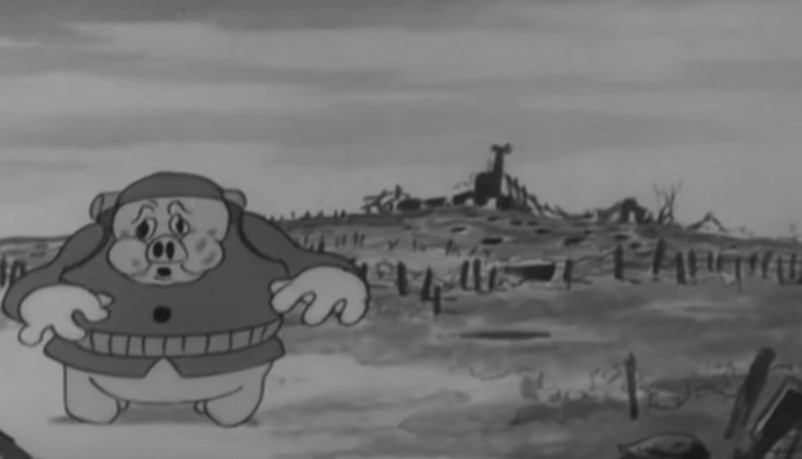 Warner Bros., Boom Boom (1936)
Warner Bros., Boom Boom (1936)
53. They Created An Iconic Name By Accident
Ever wonder how Bugs Bunny got his name? His origin is surprising. That animator who first made him, Ben Hardaway, had the nickname "Bugs". The team hadn’t even bothered to give the forgotten rabbit a name—instead just casually calling him “Bugs’ Bunny,” in reference to his creator. The name stuck.

